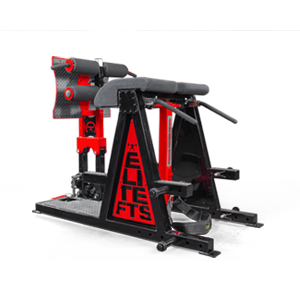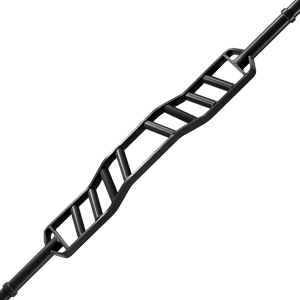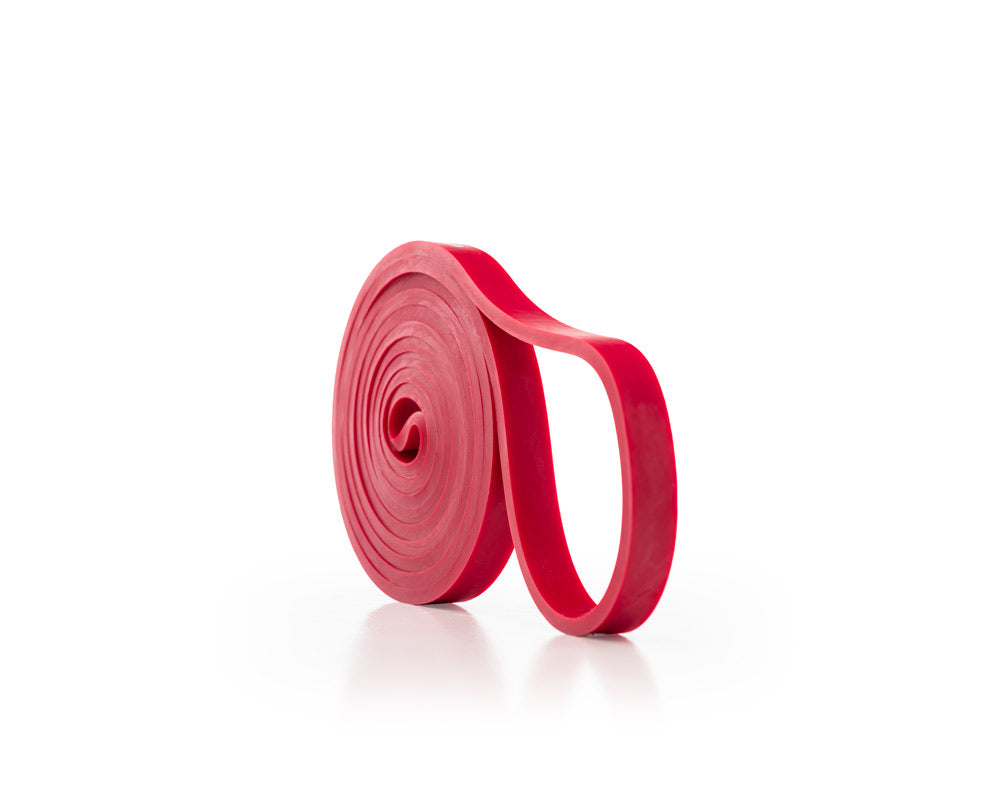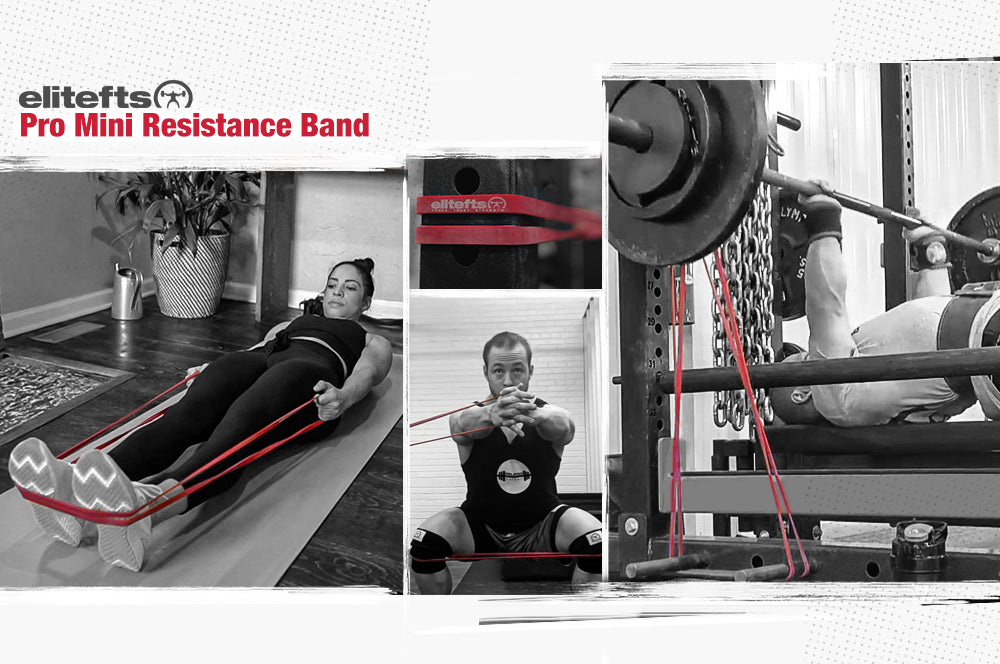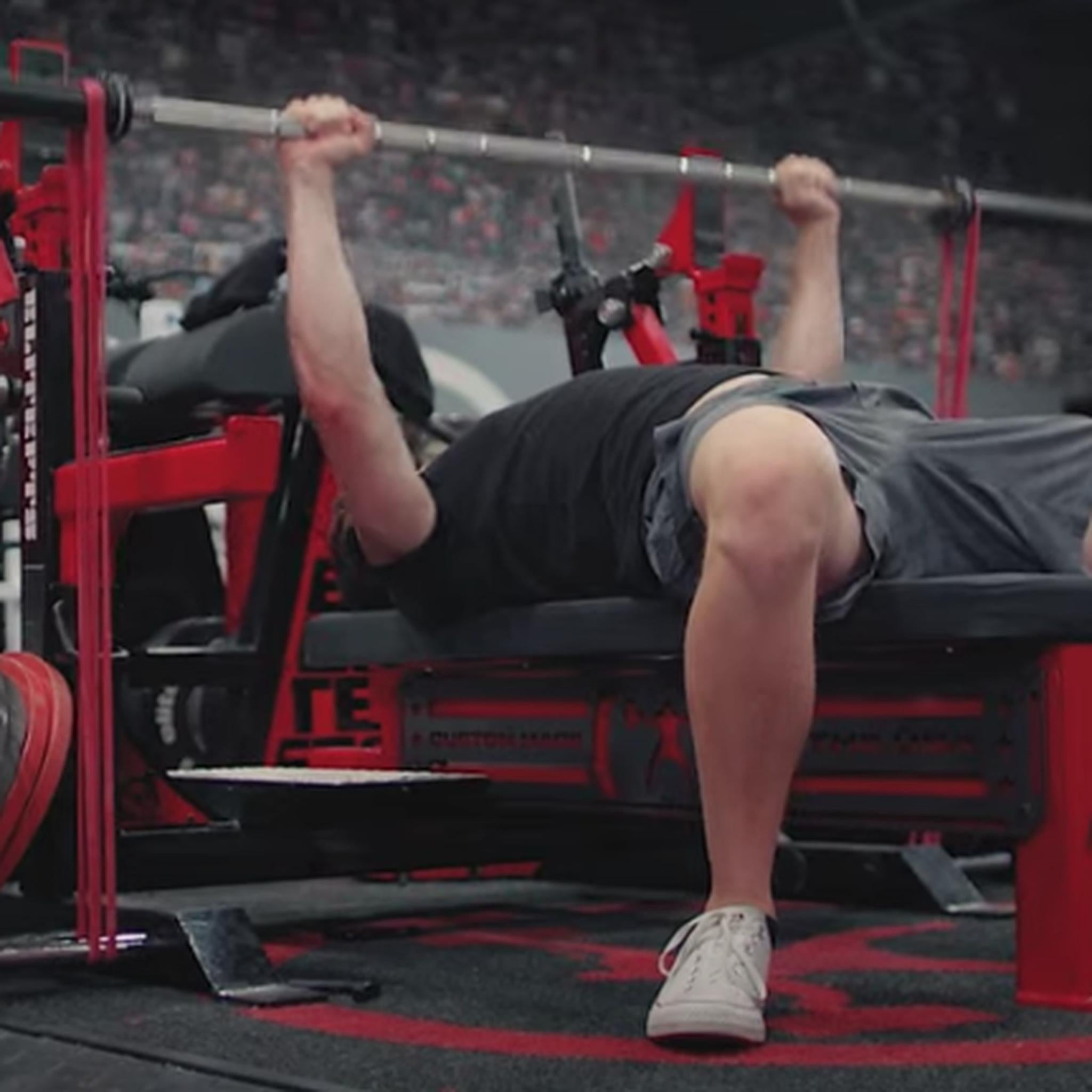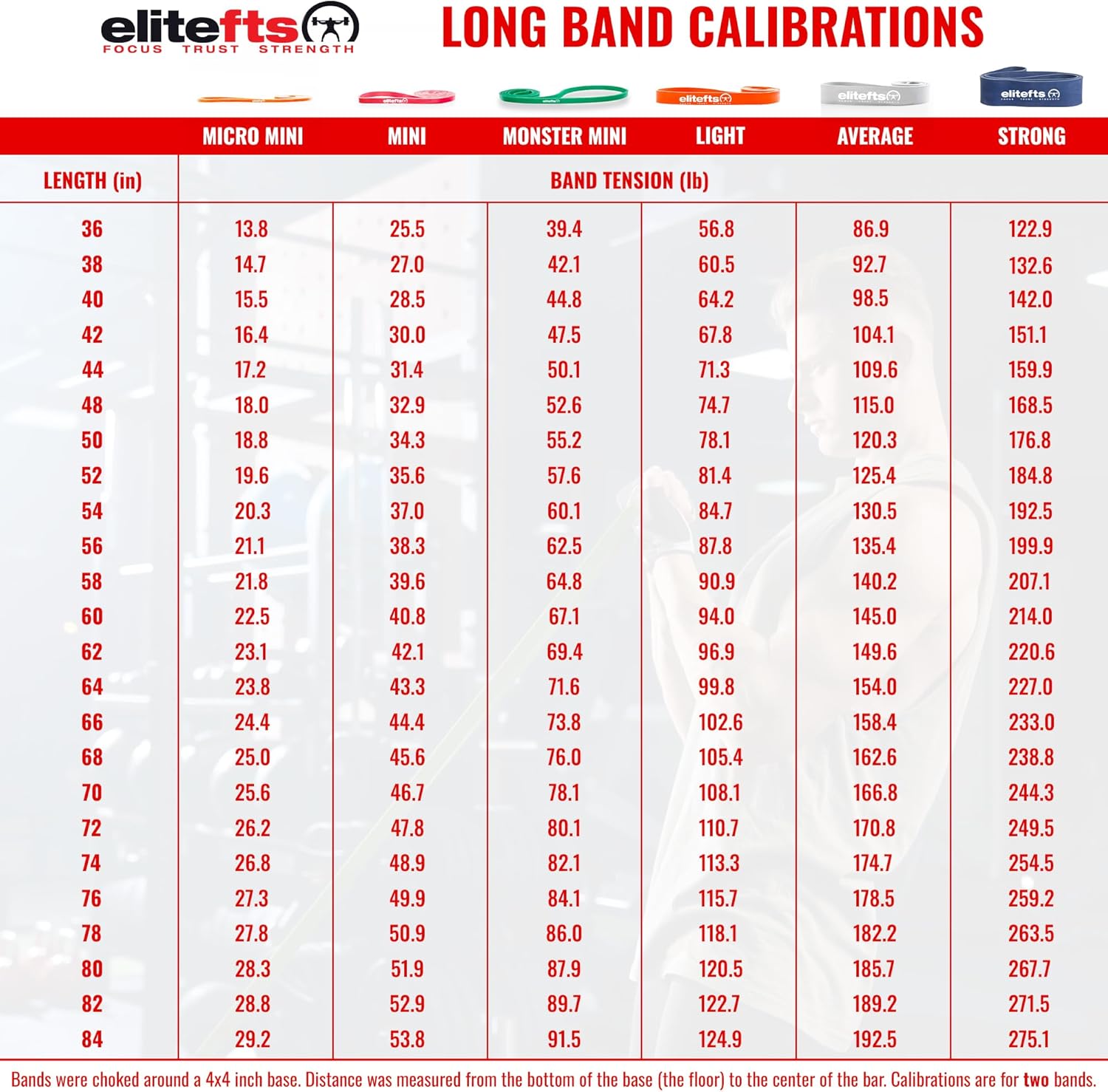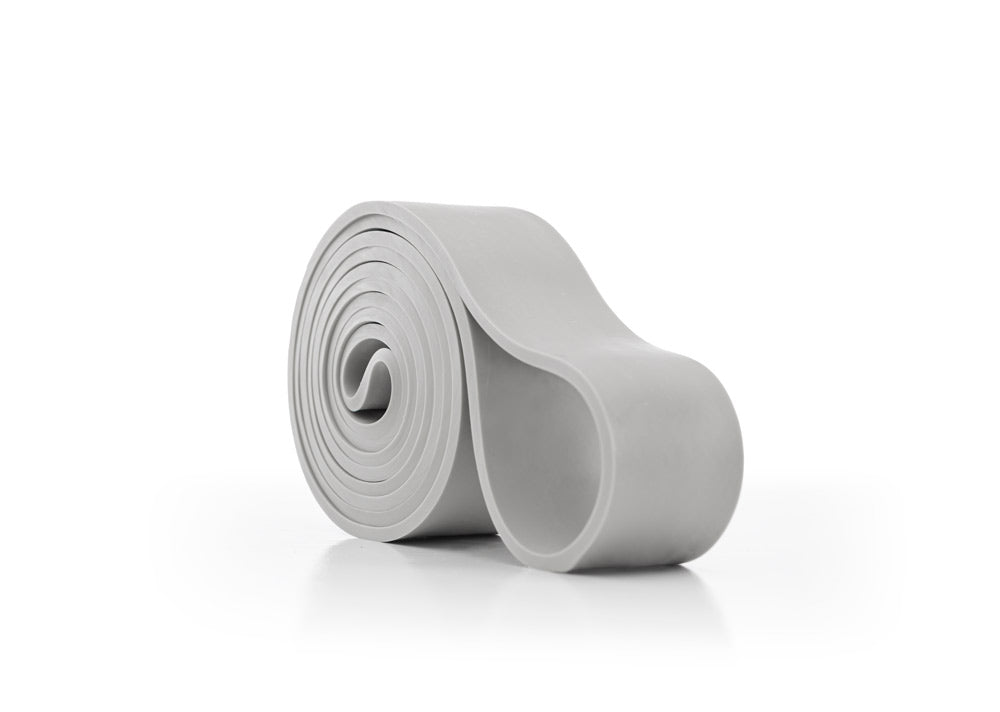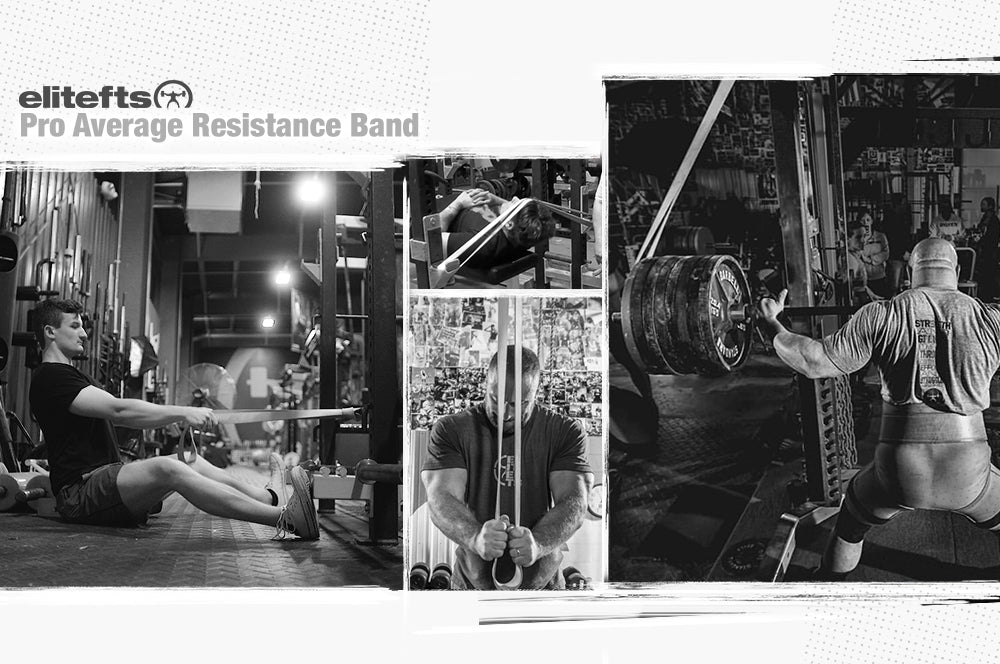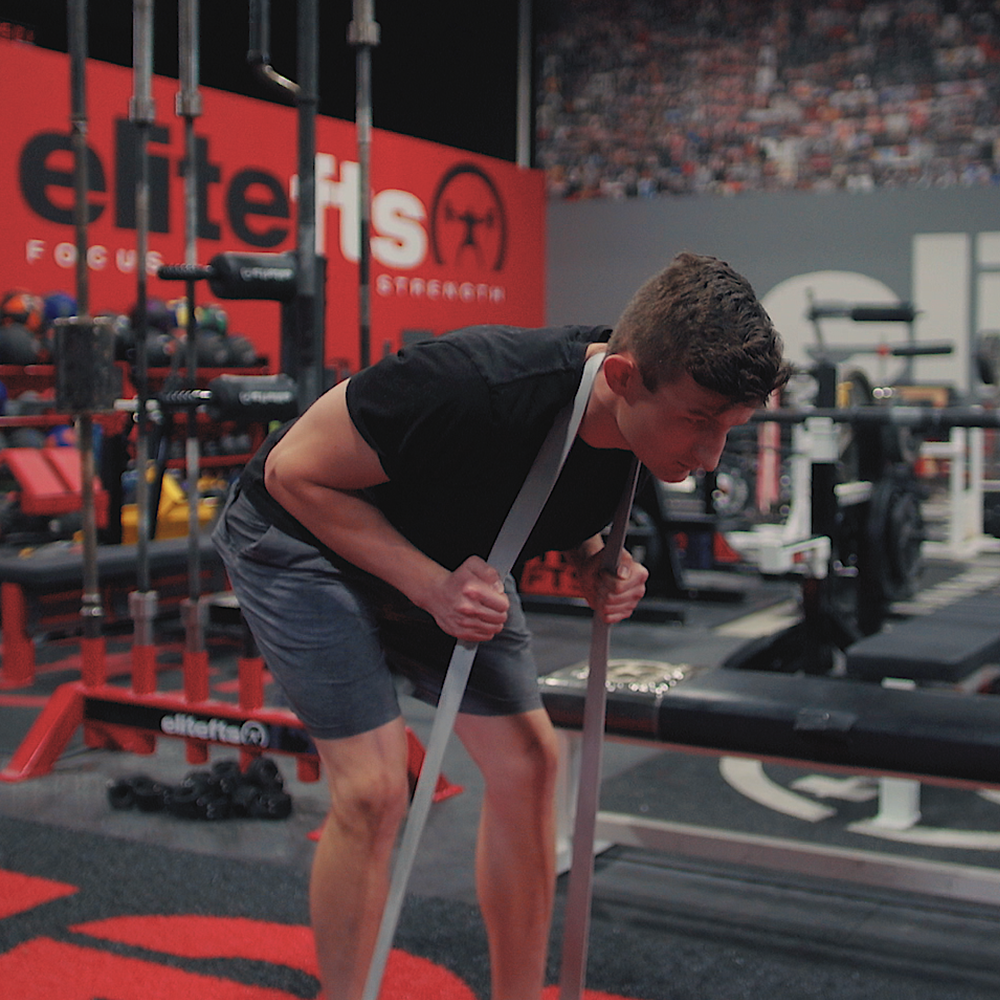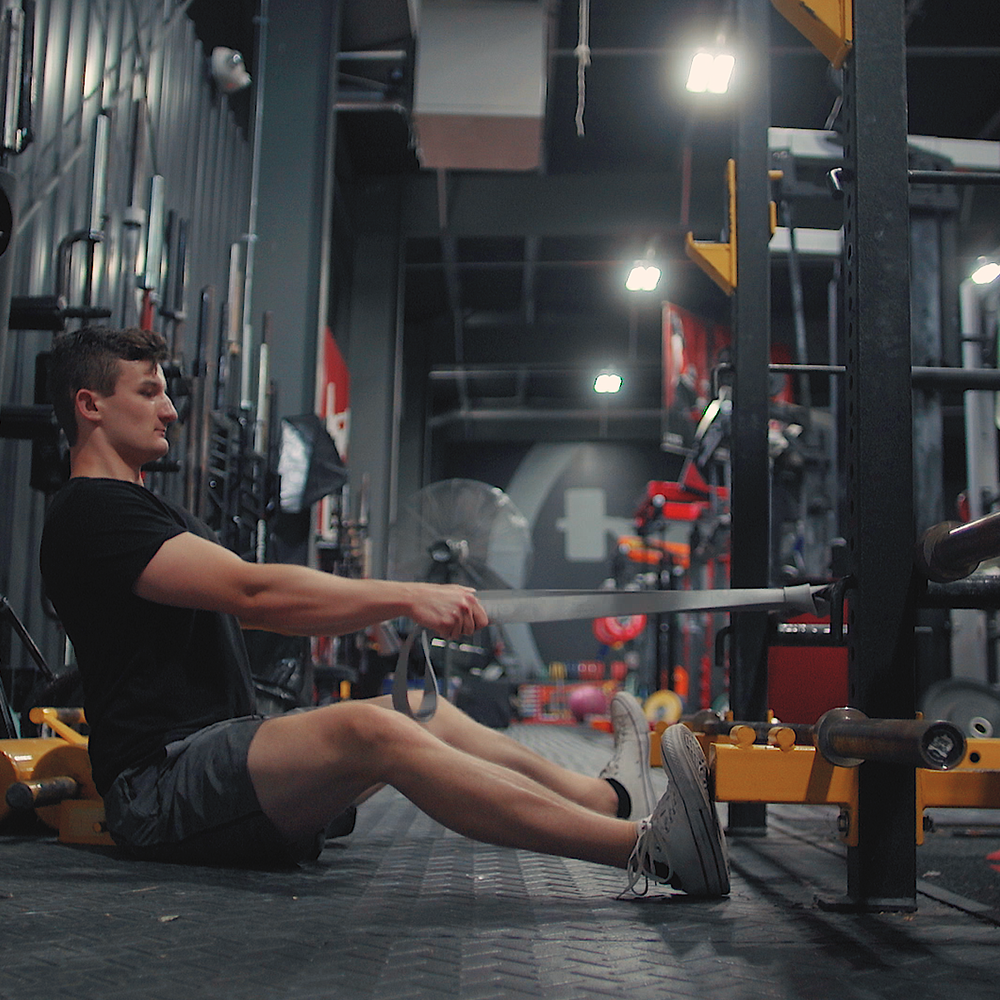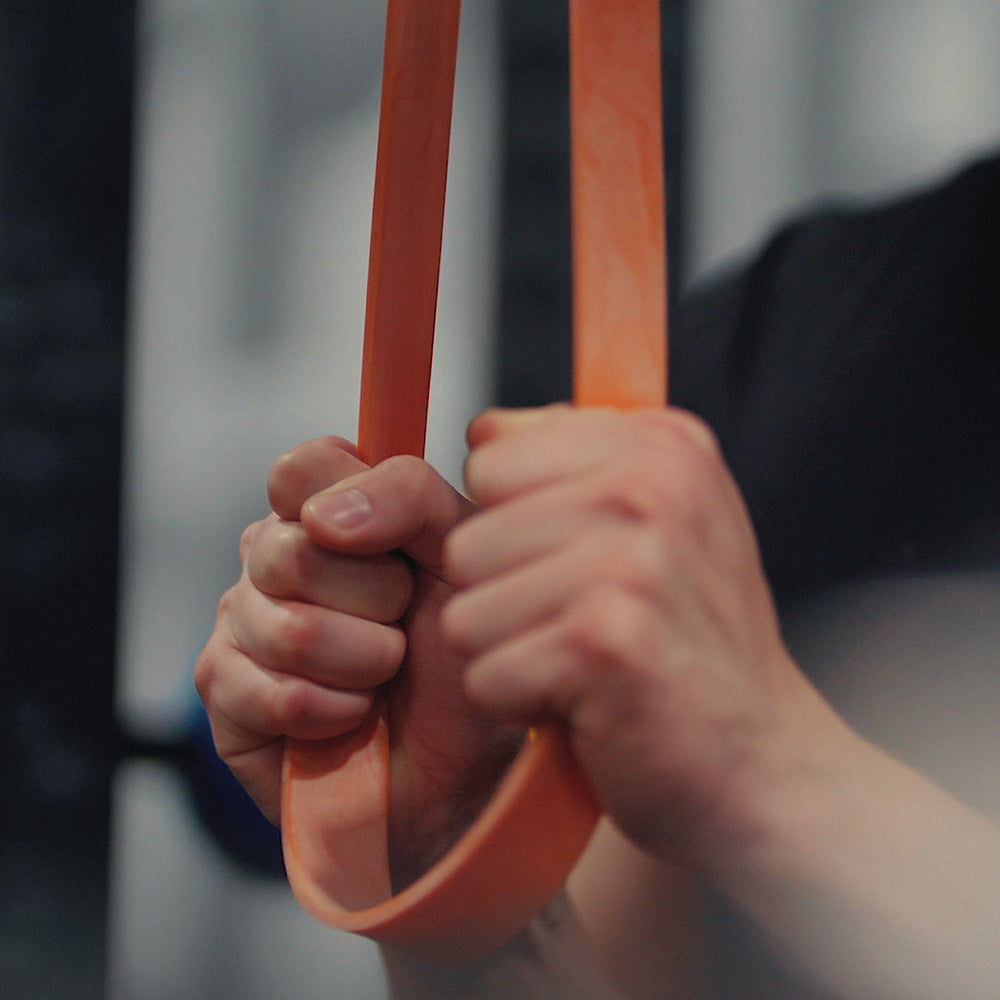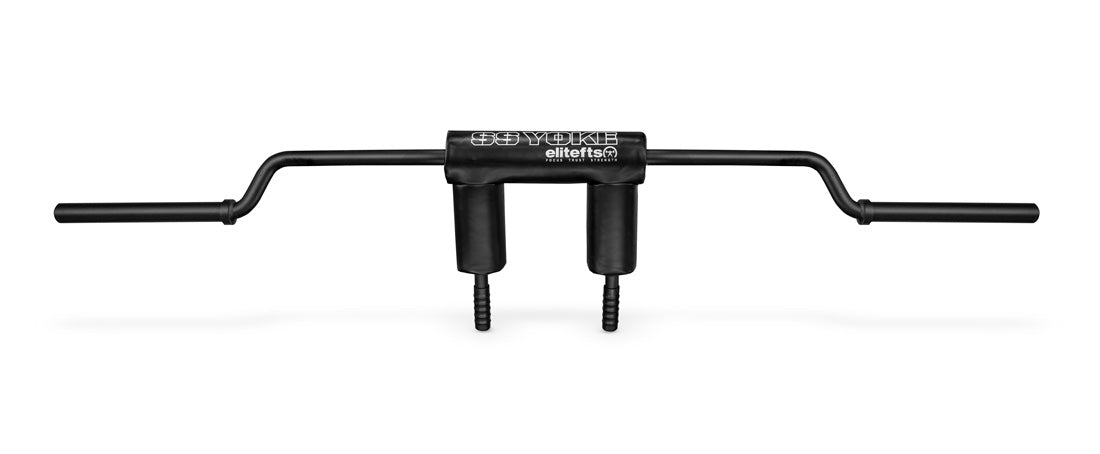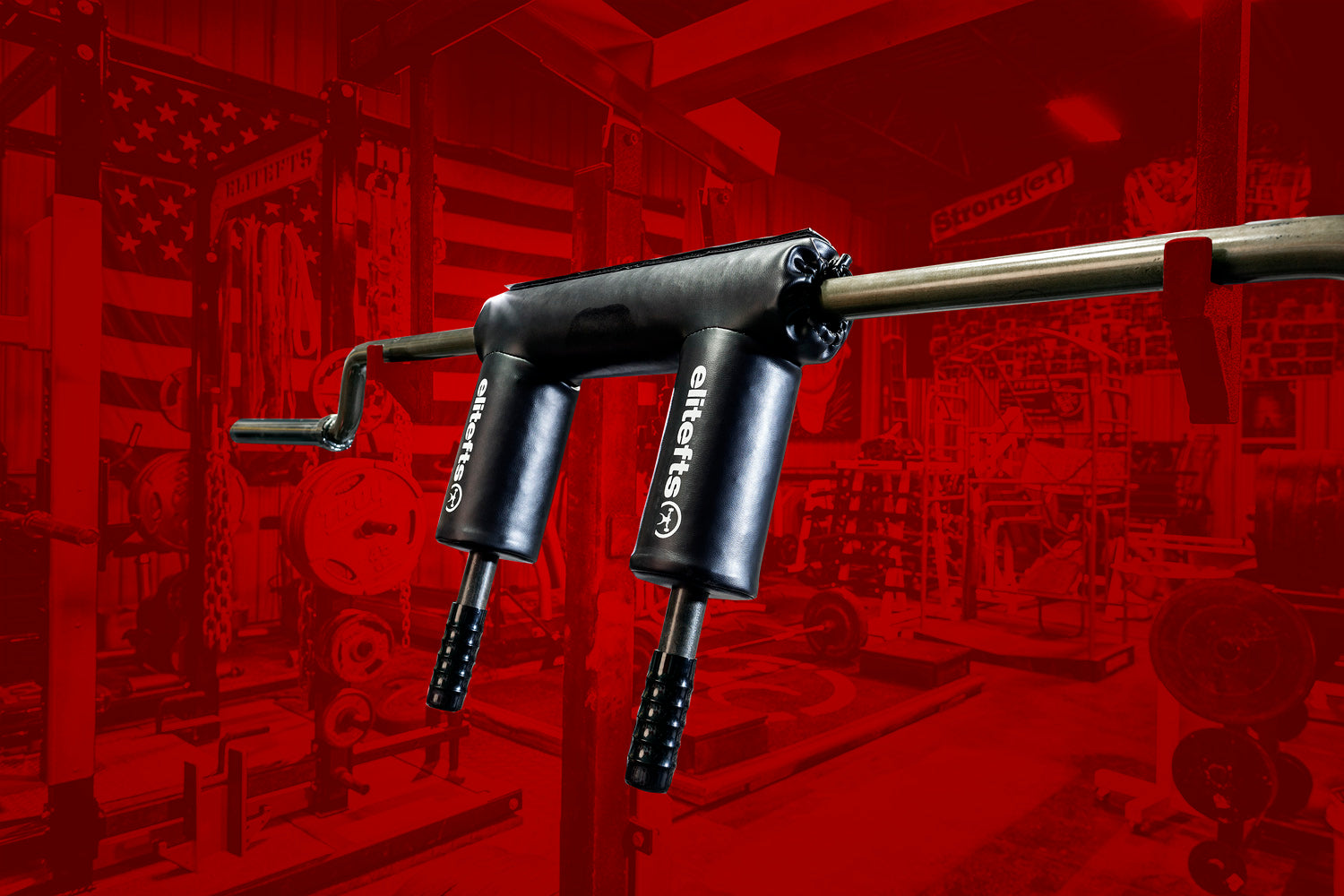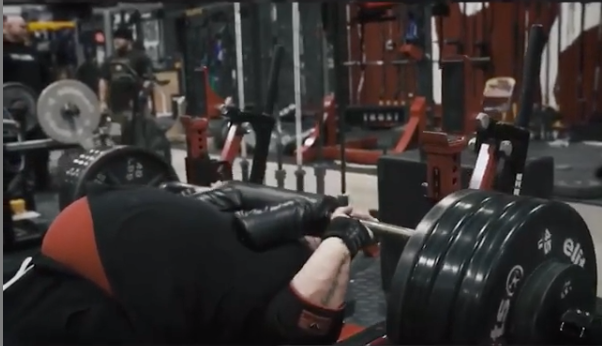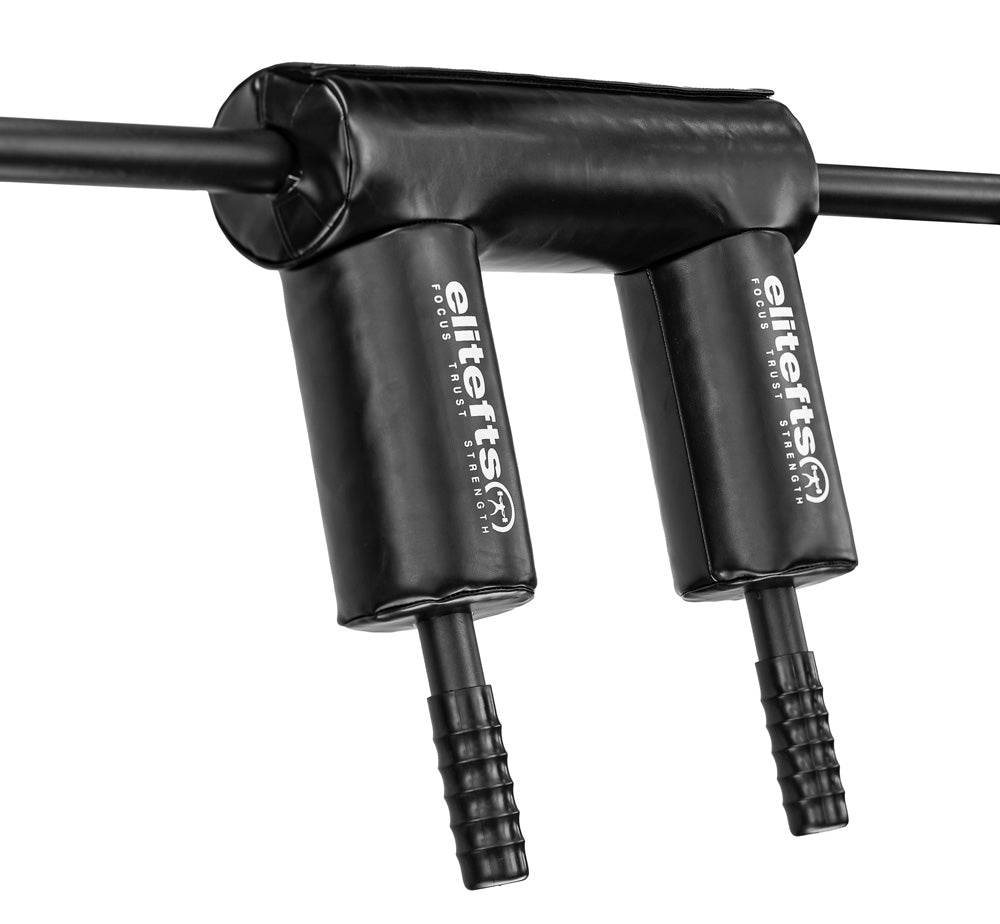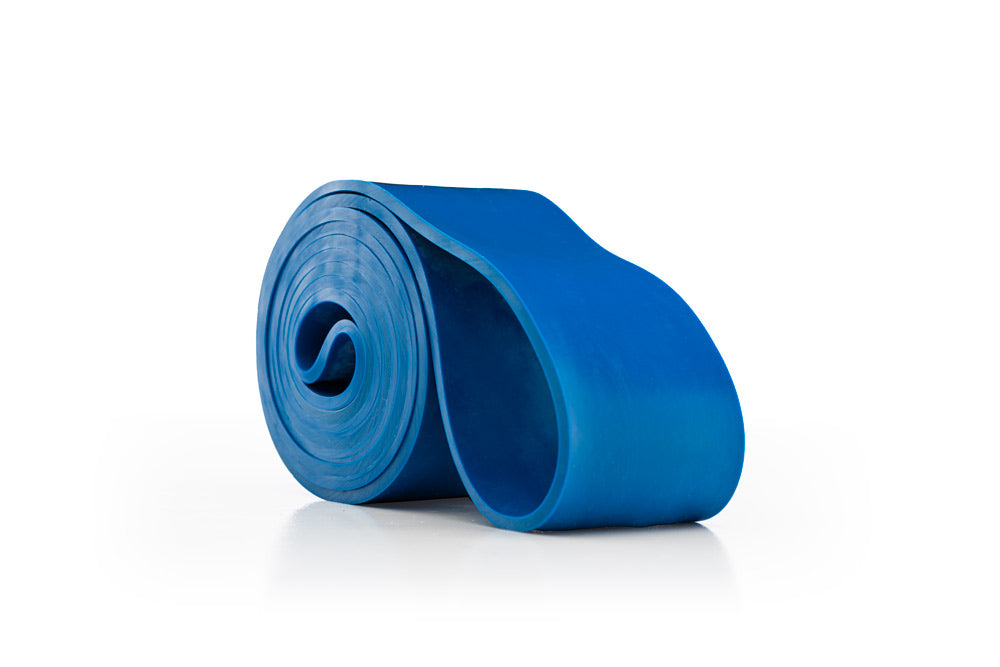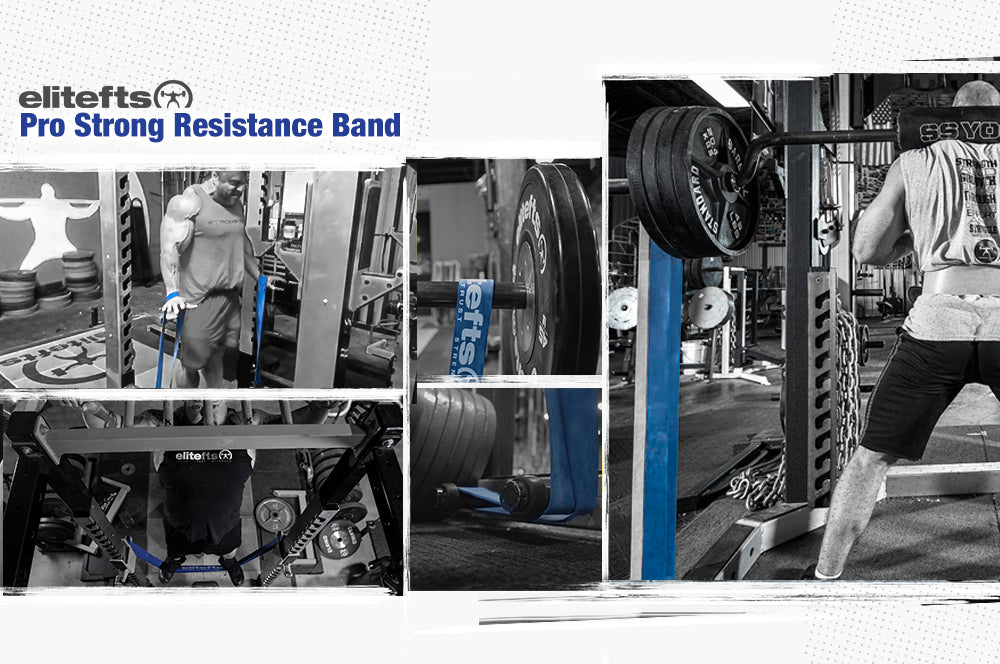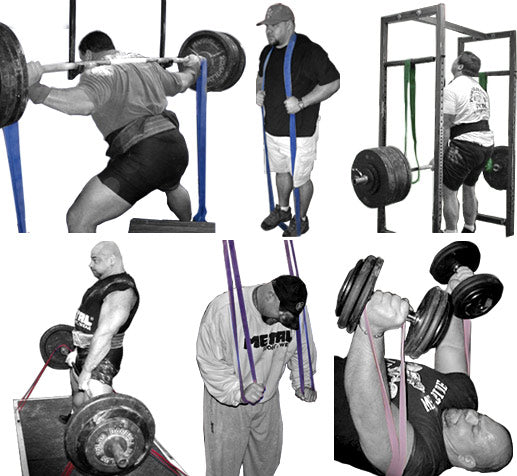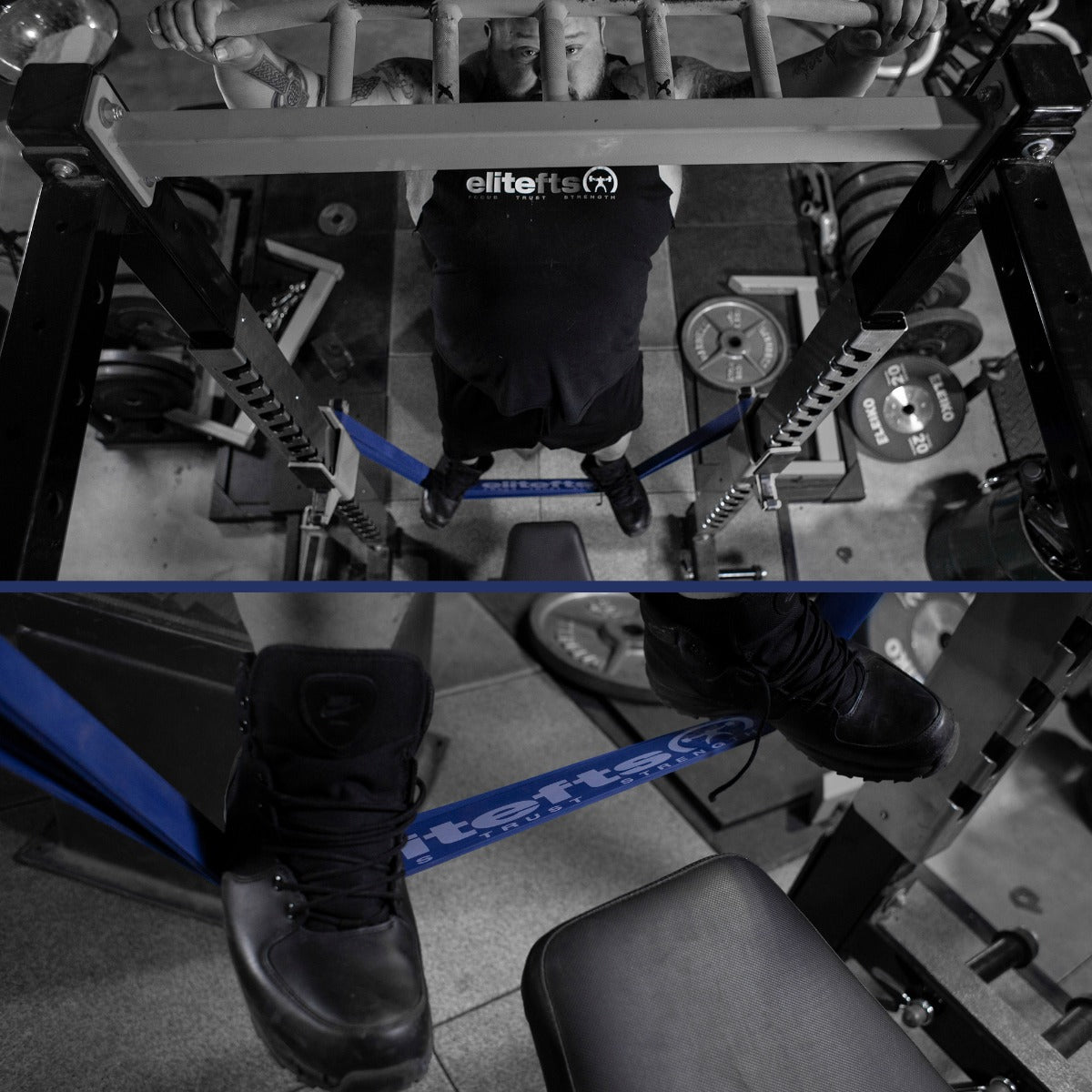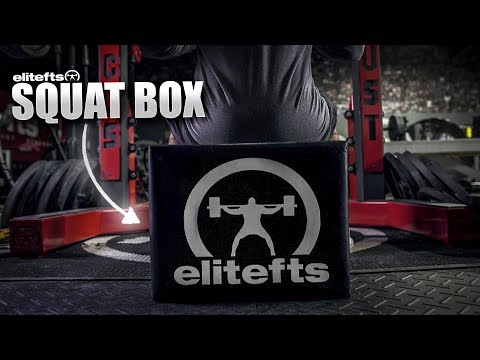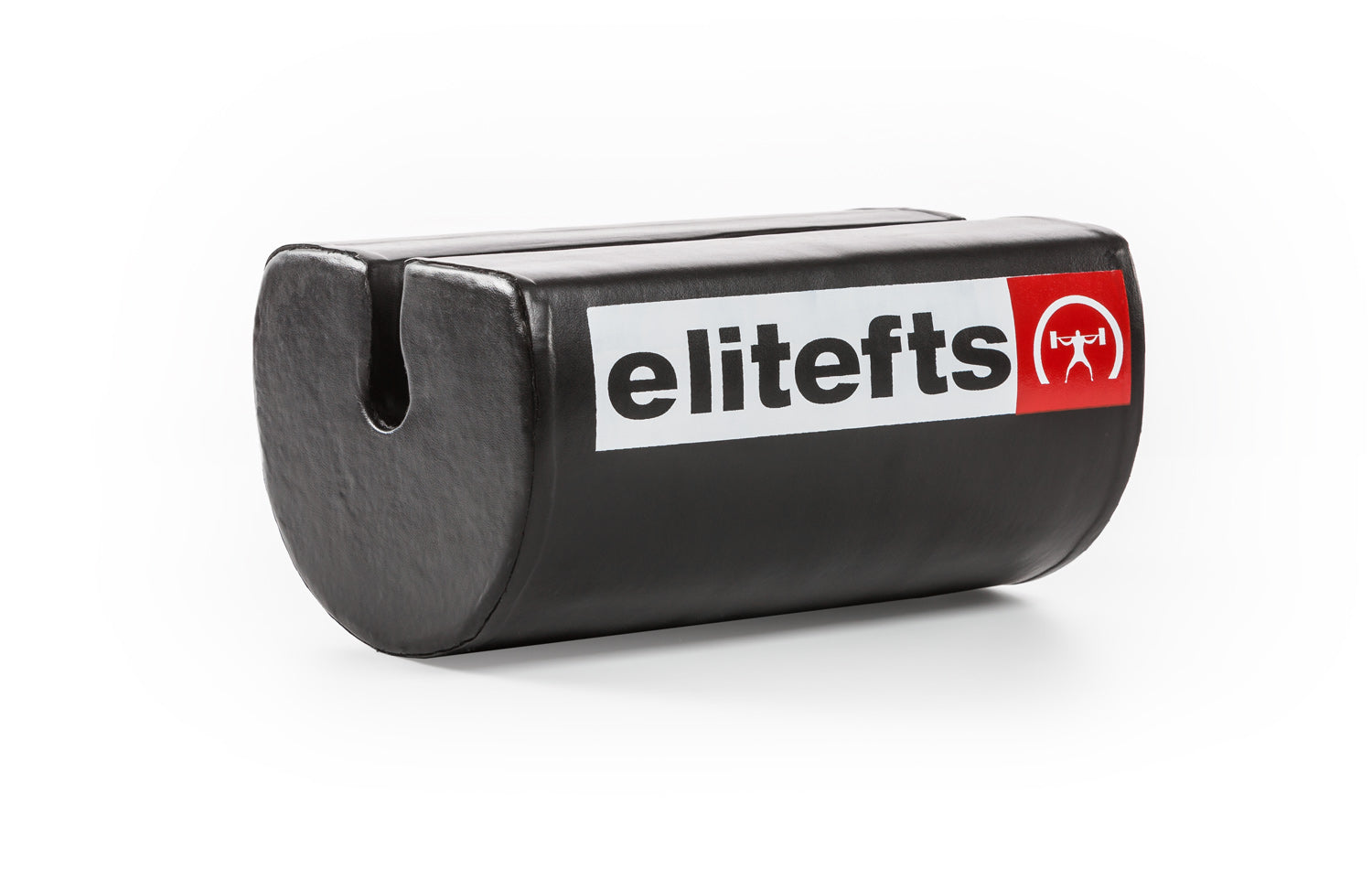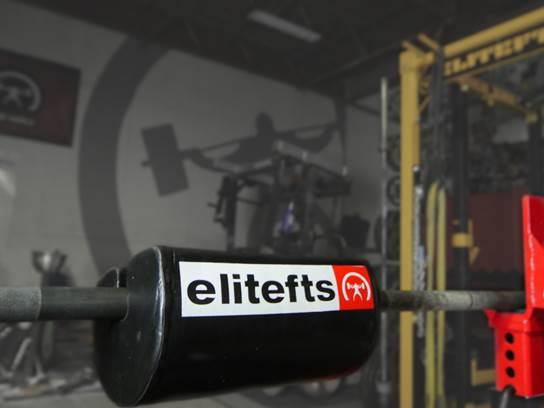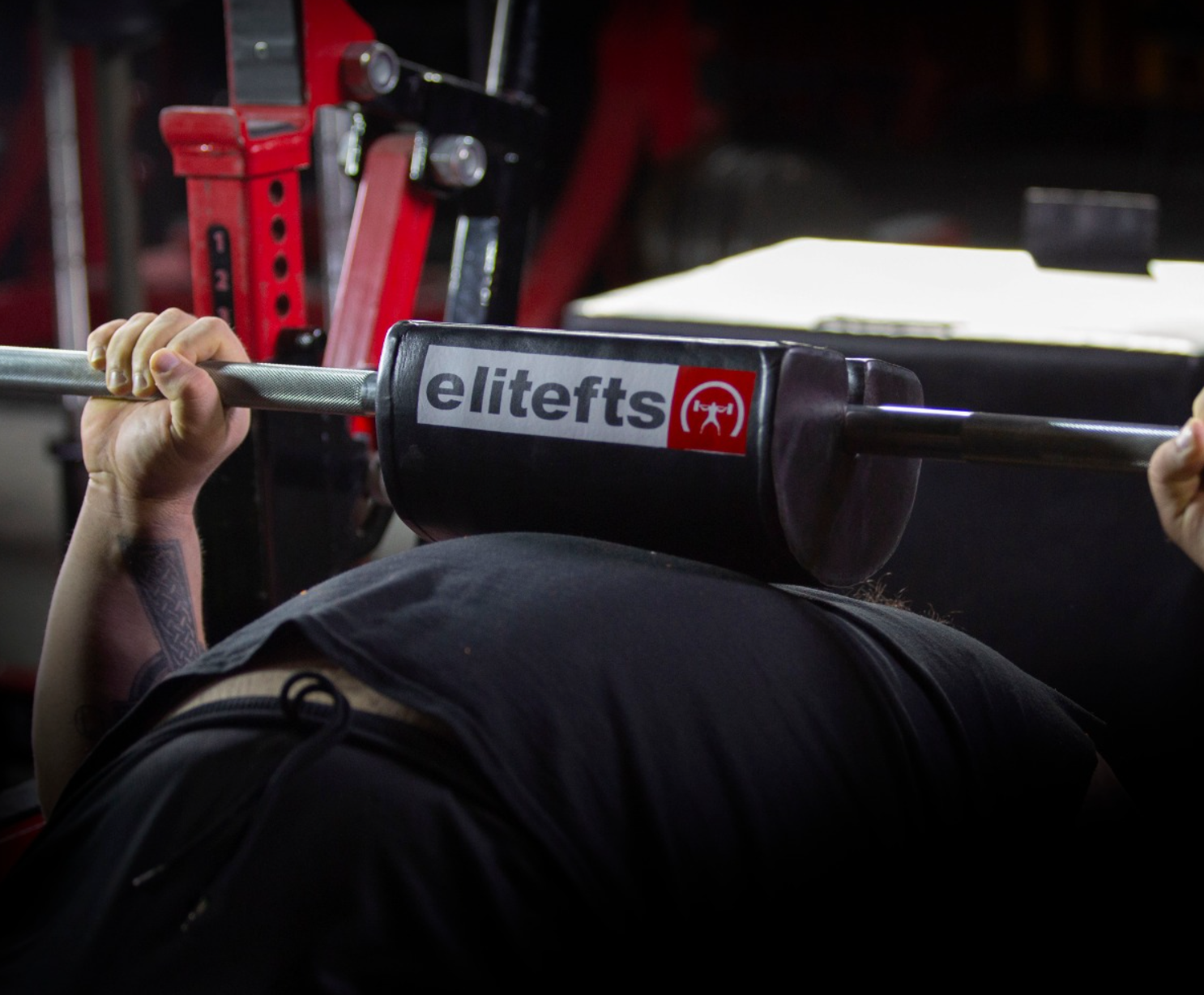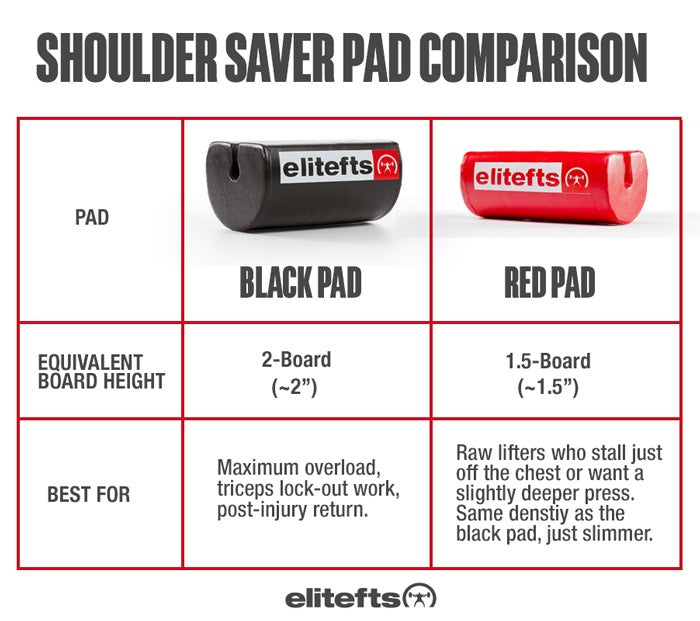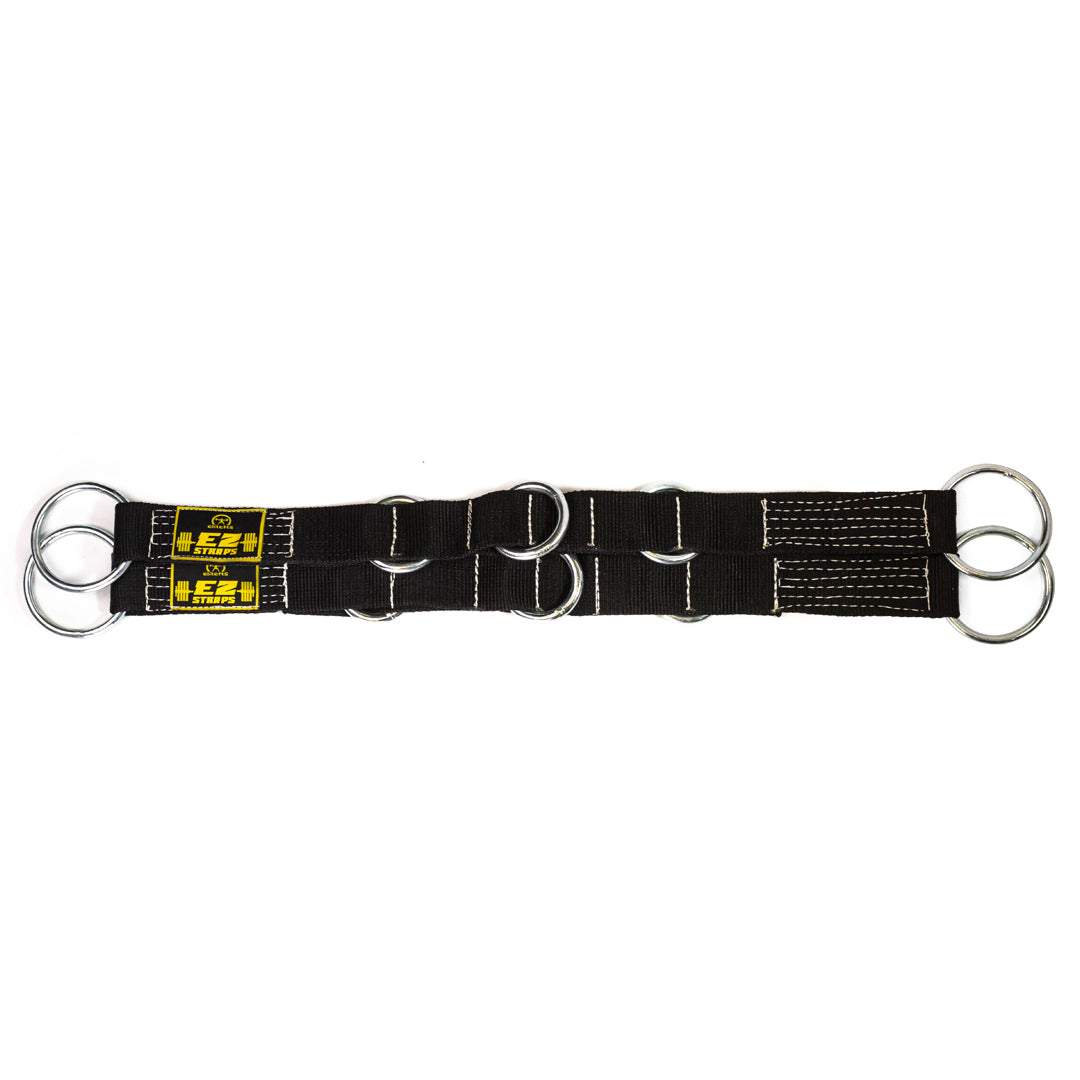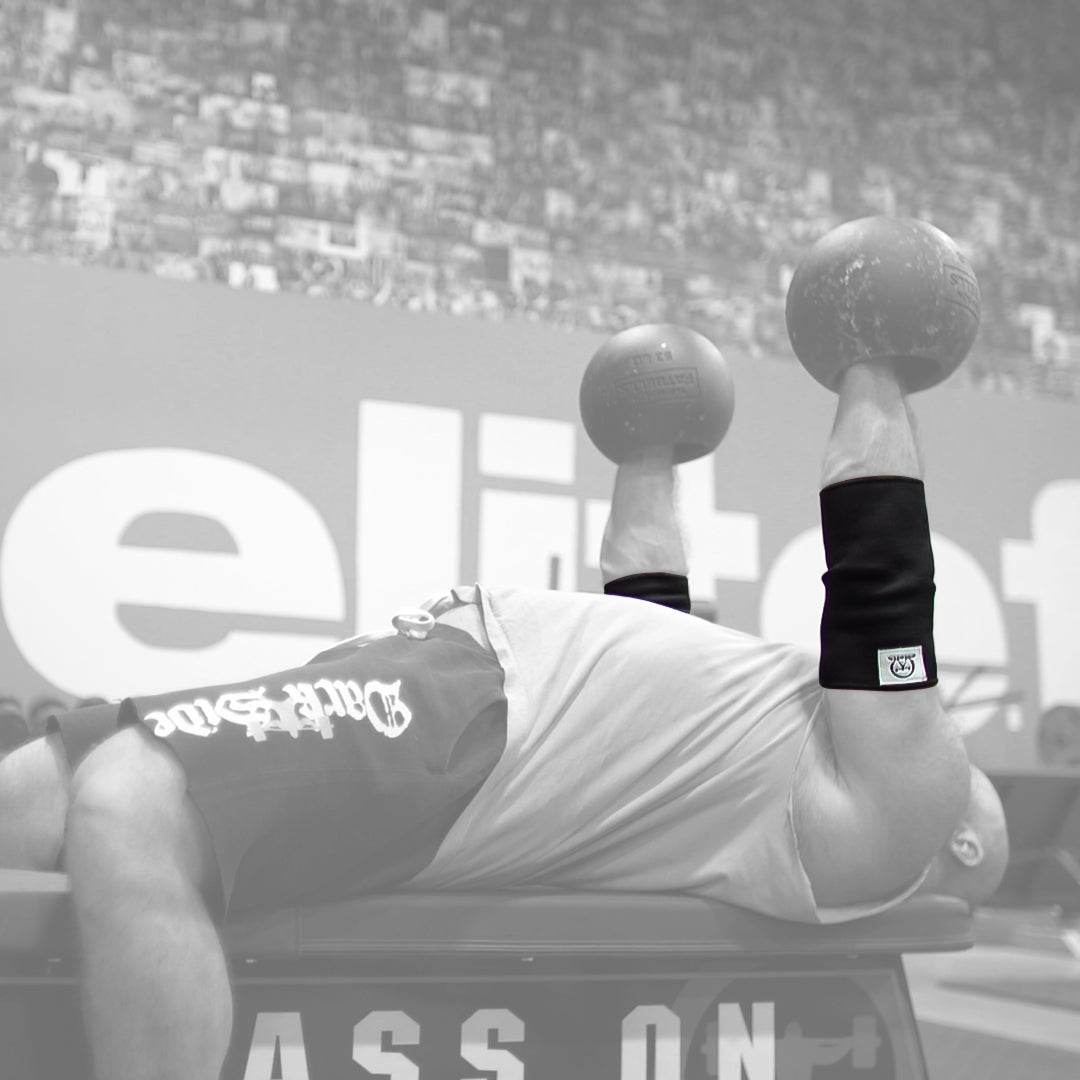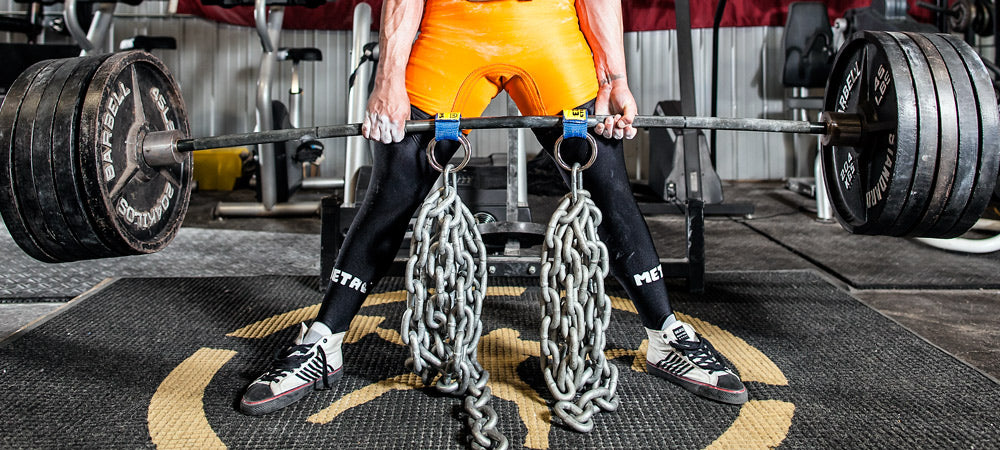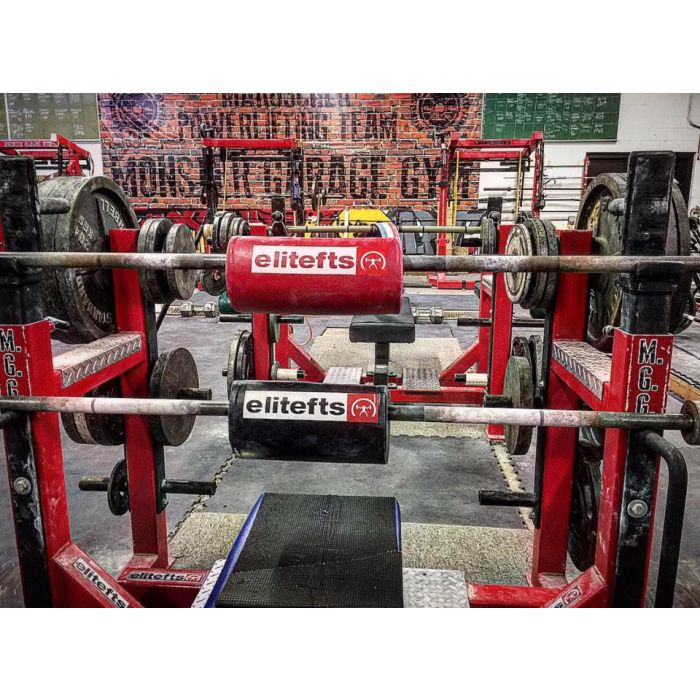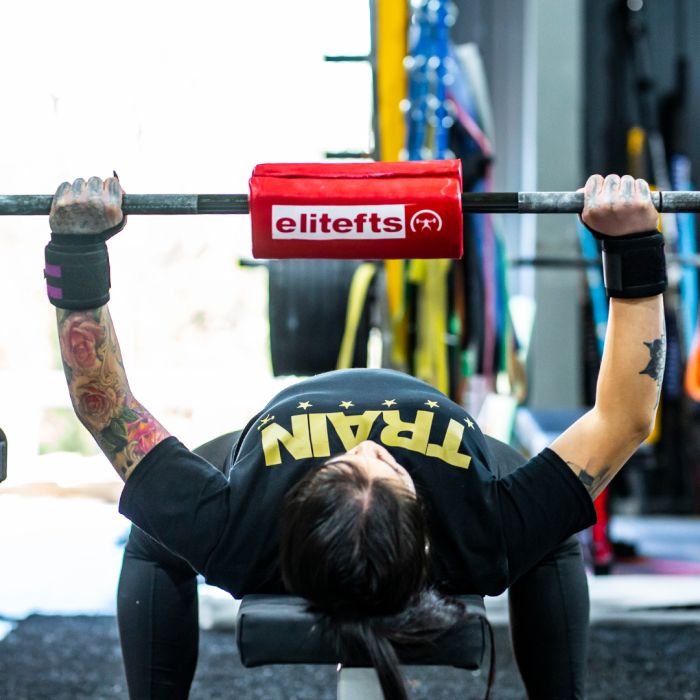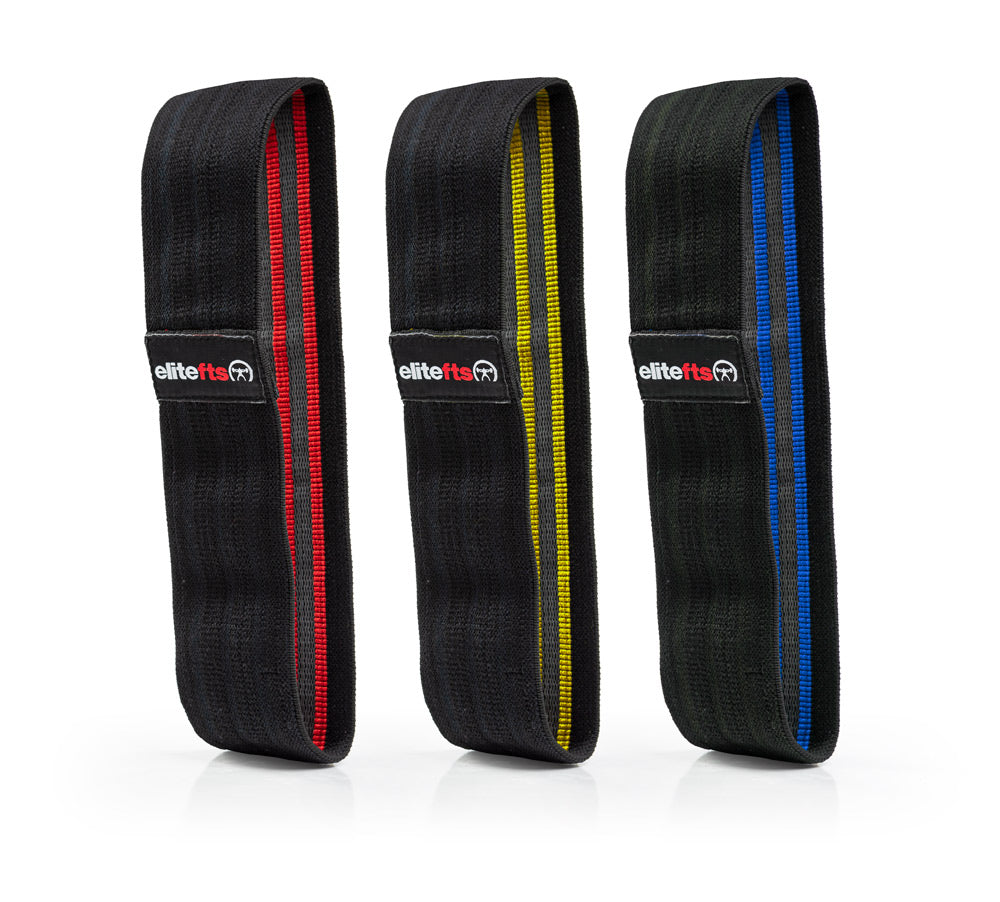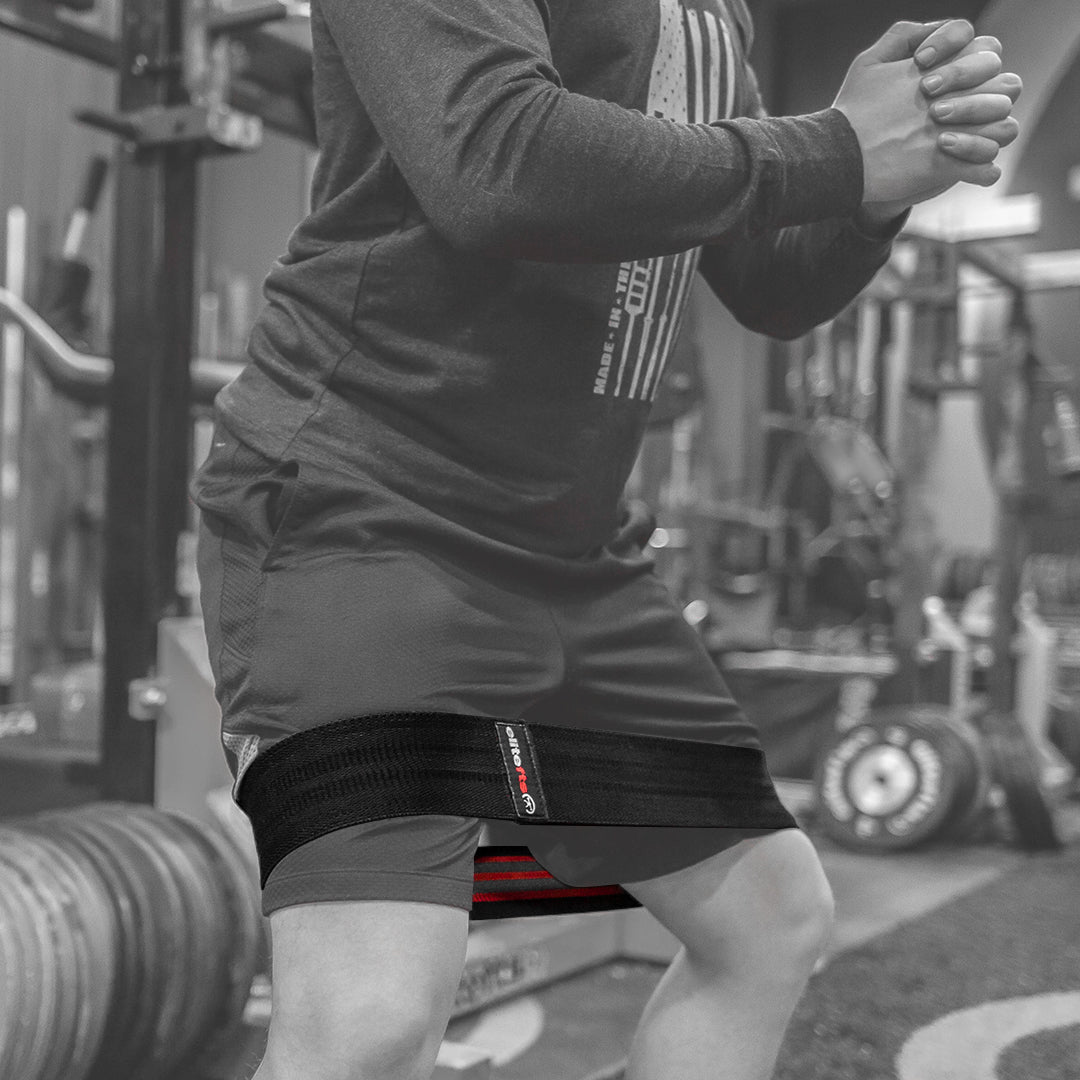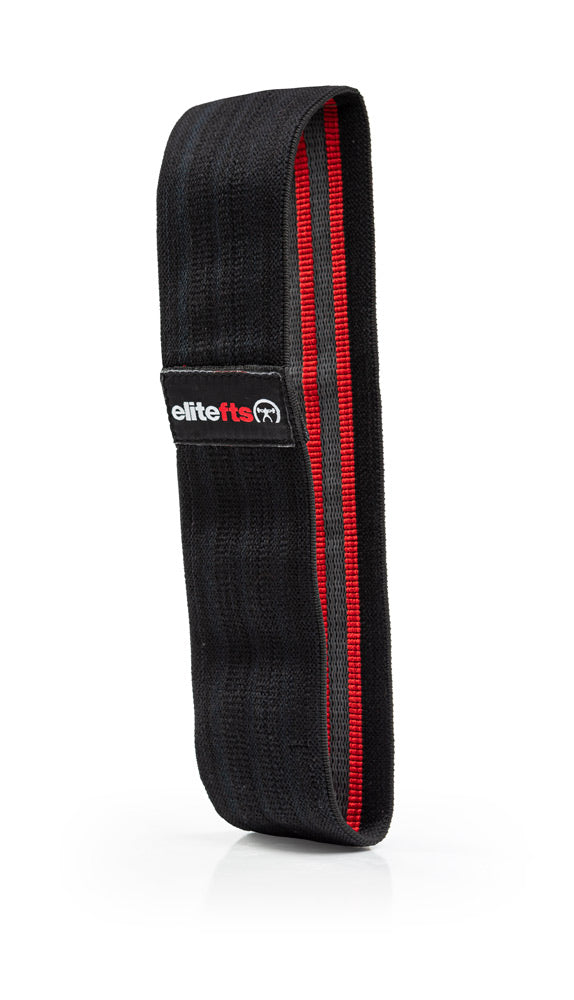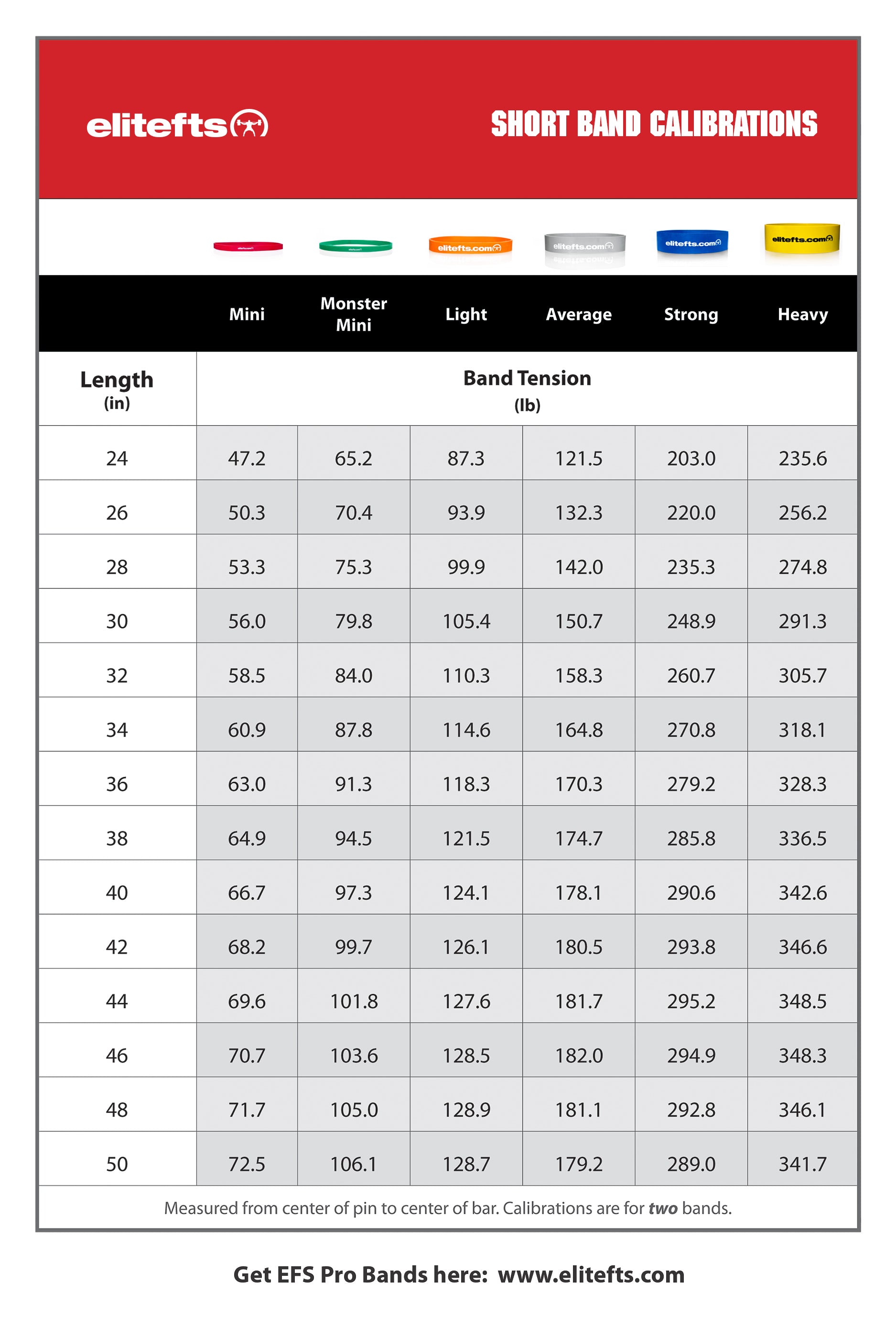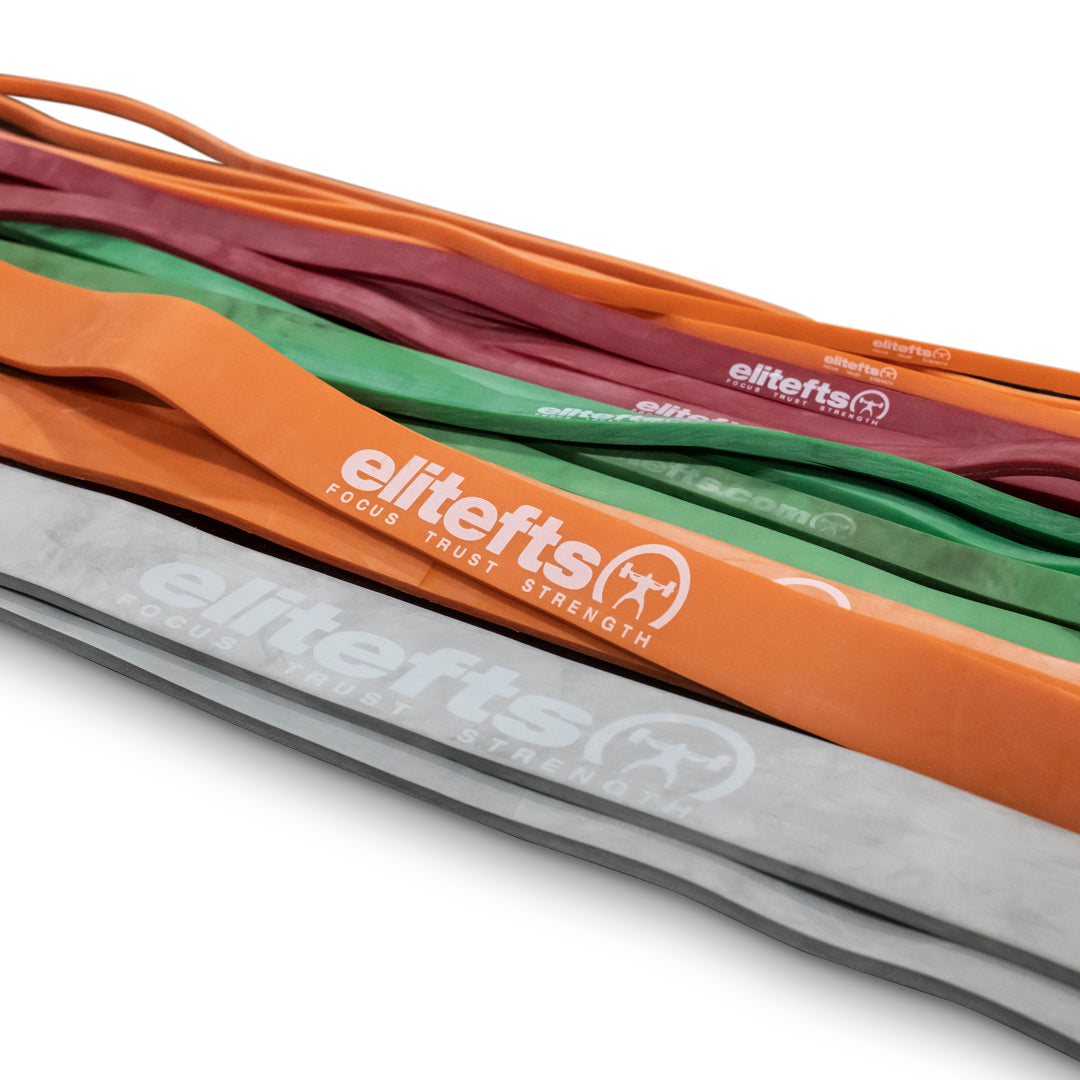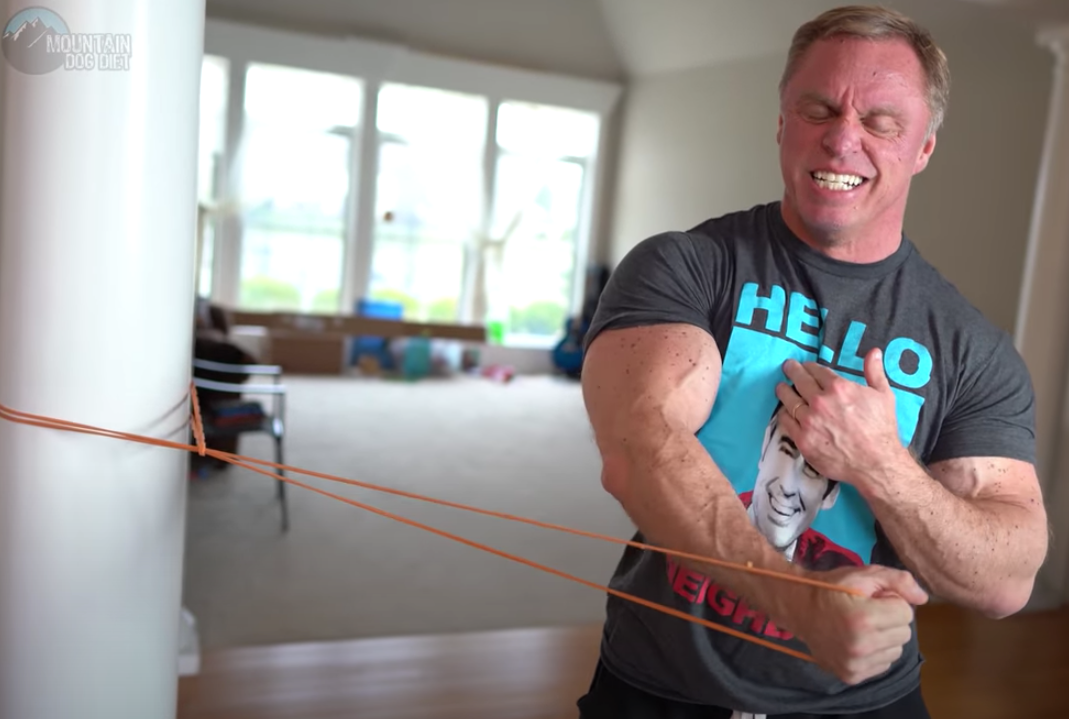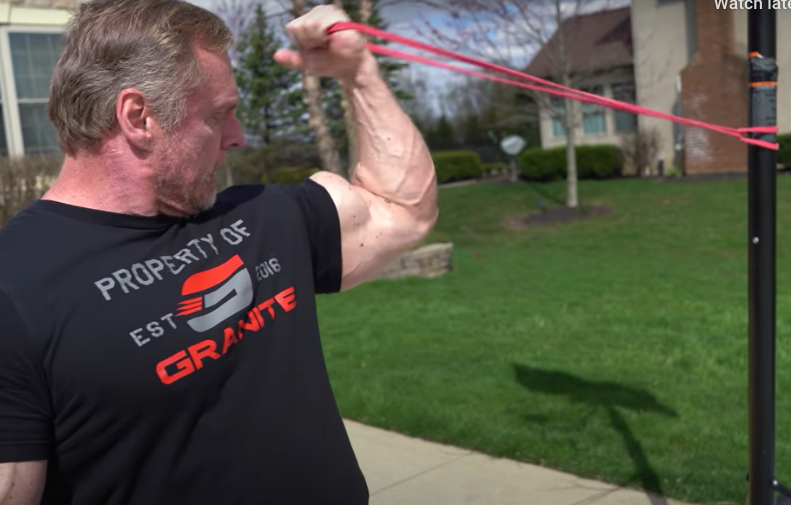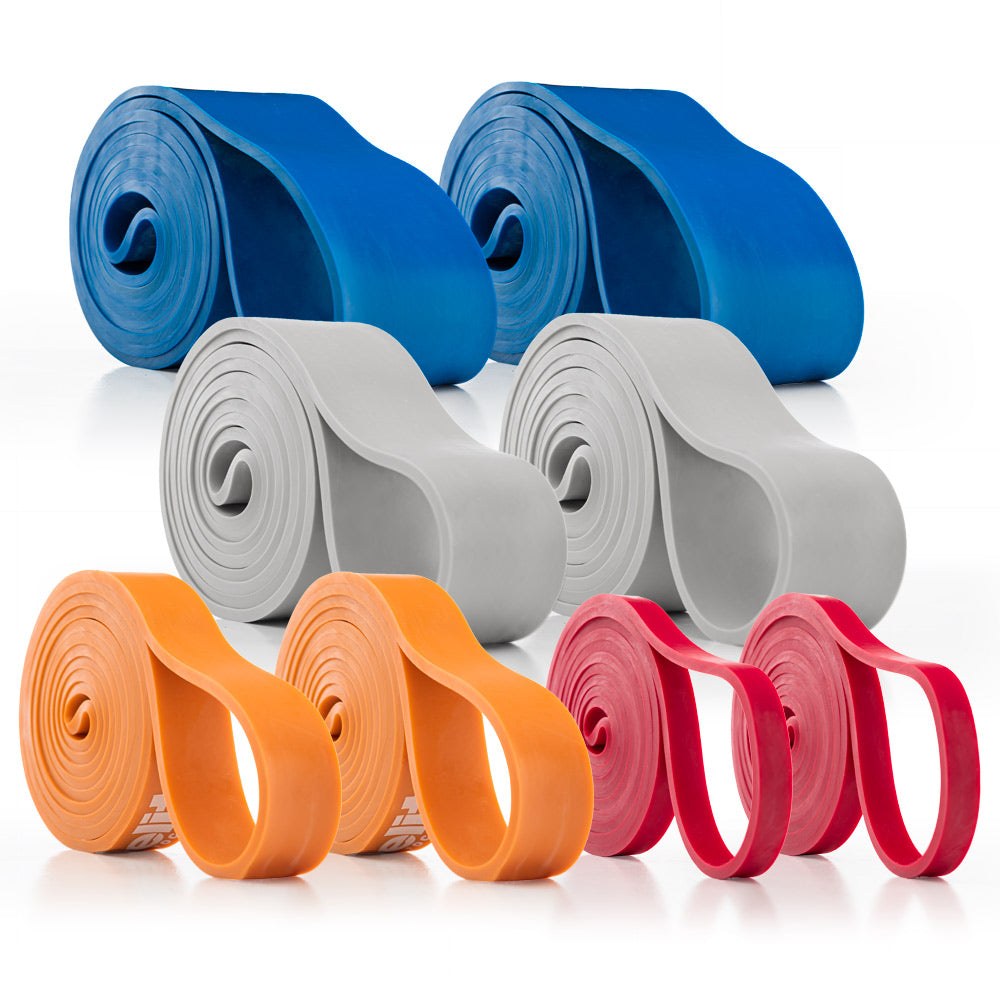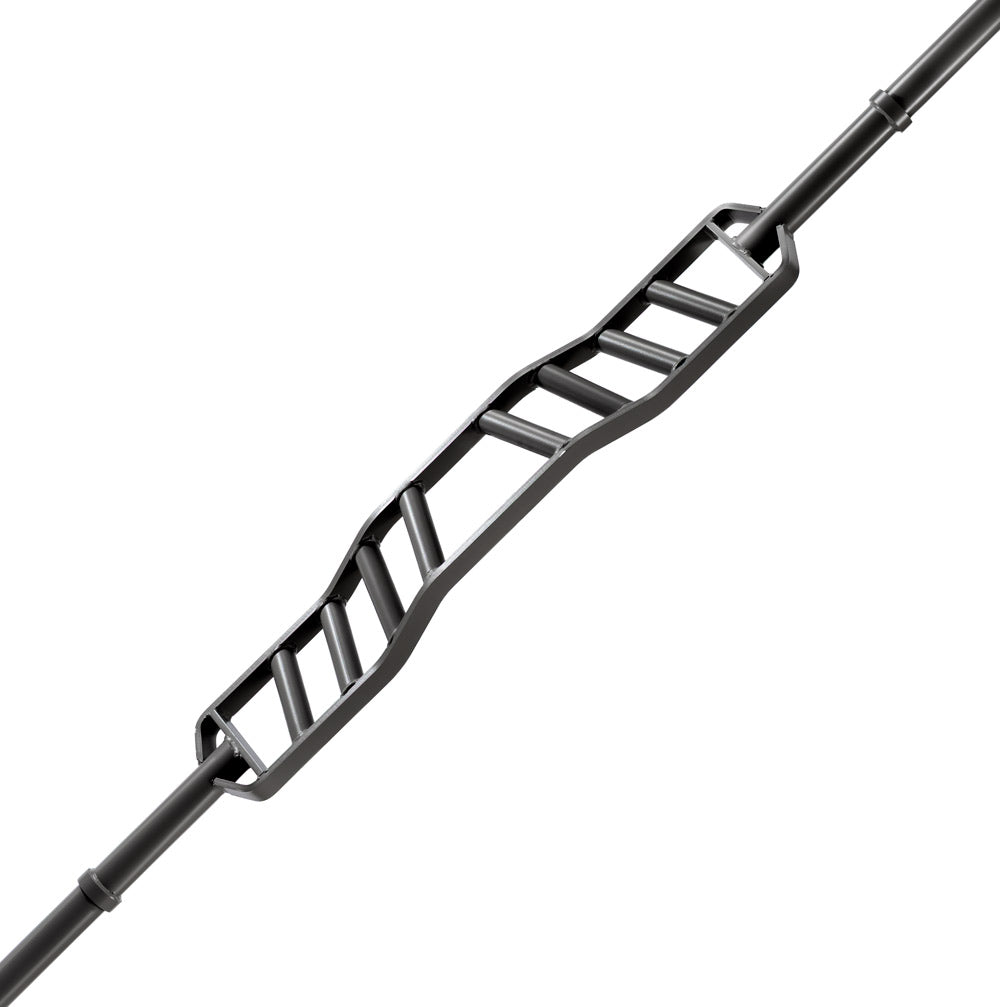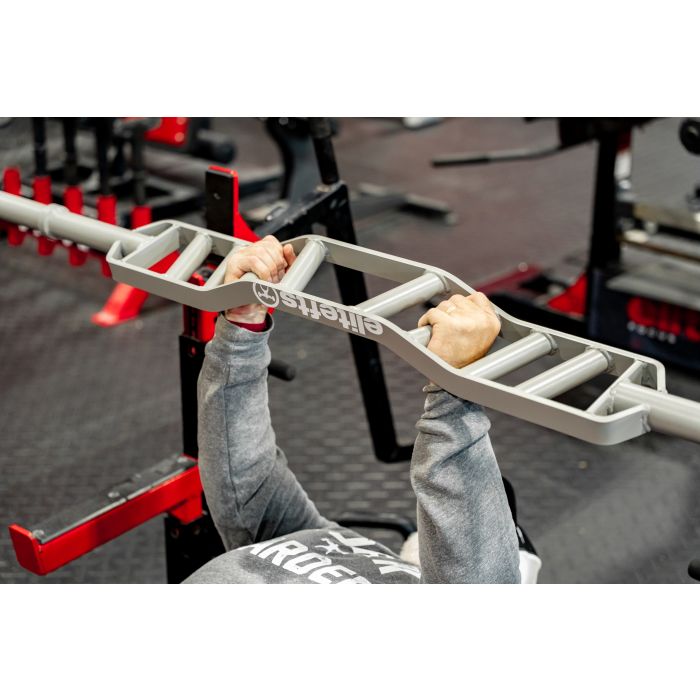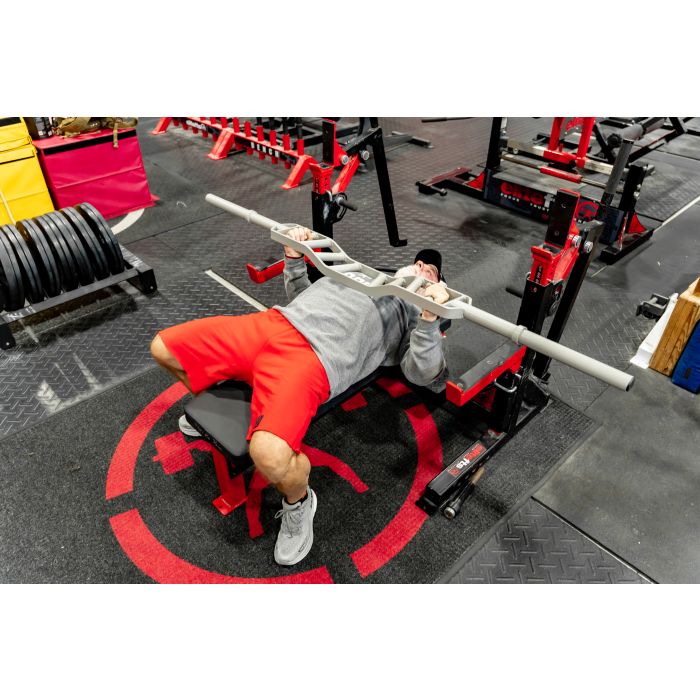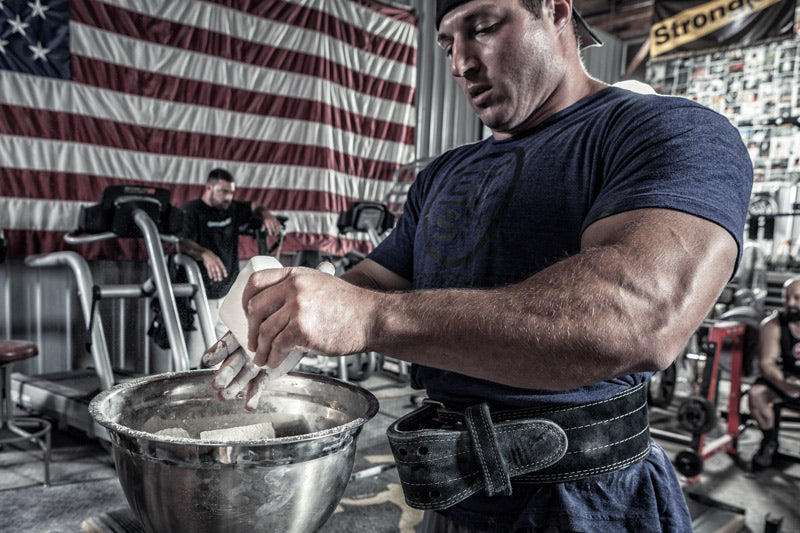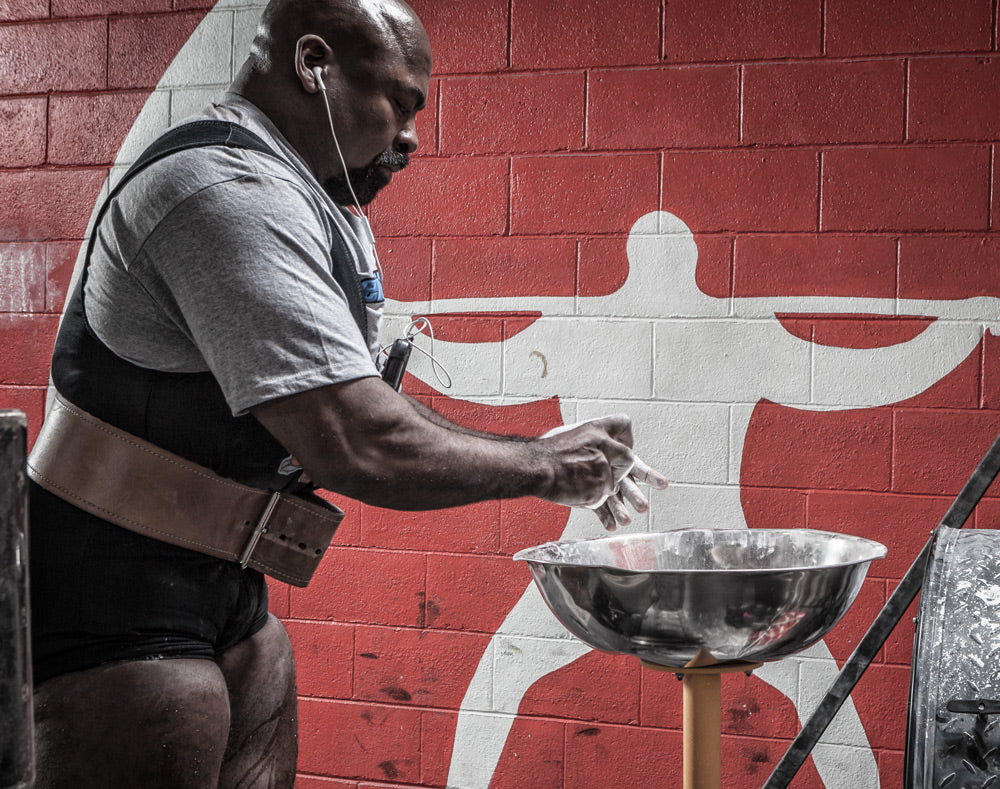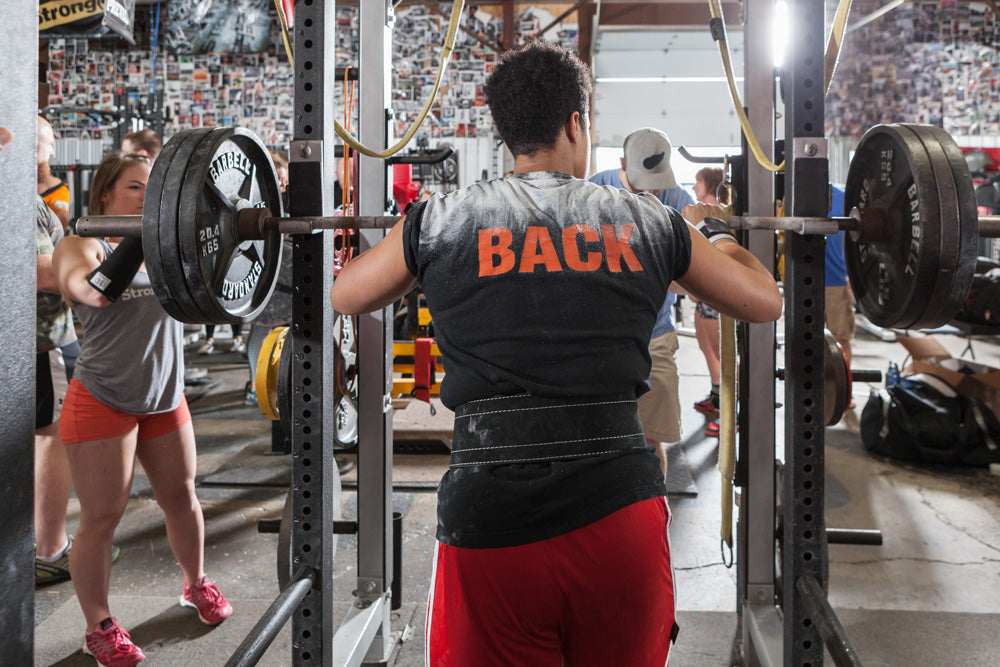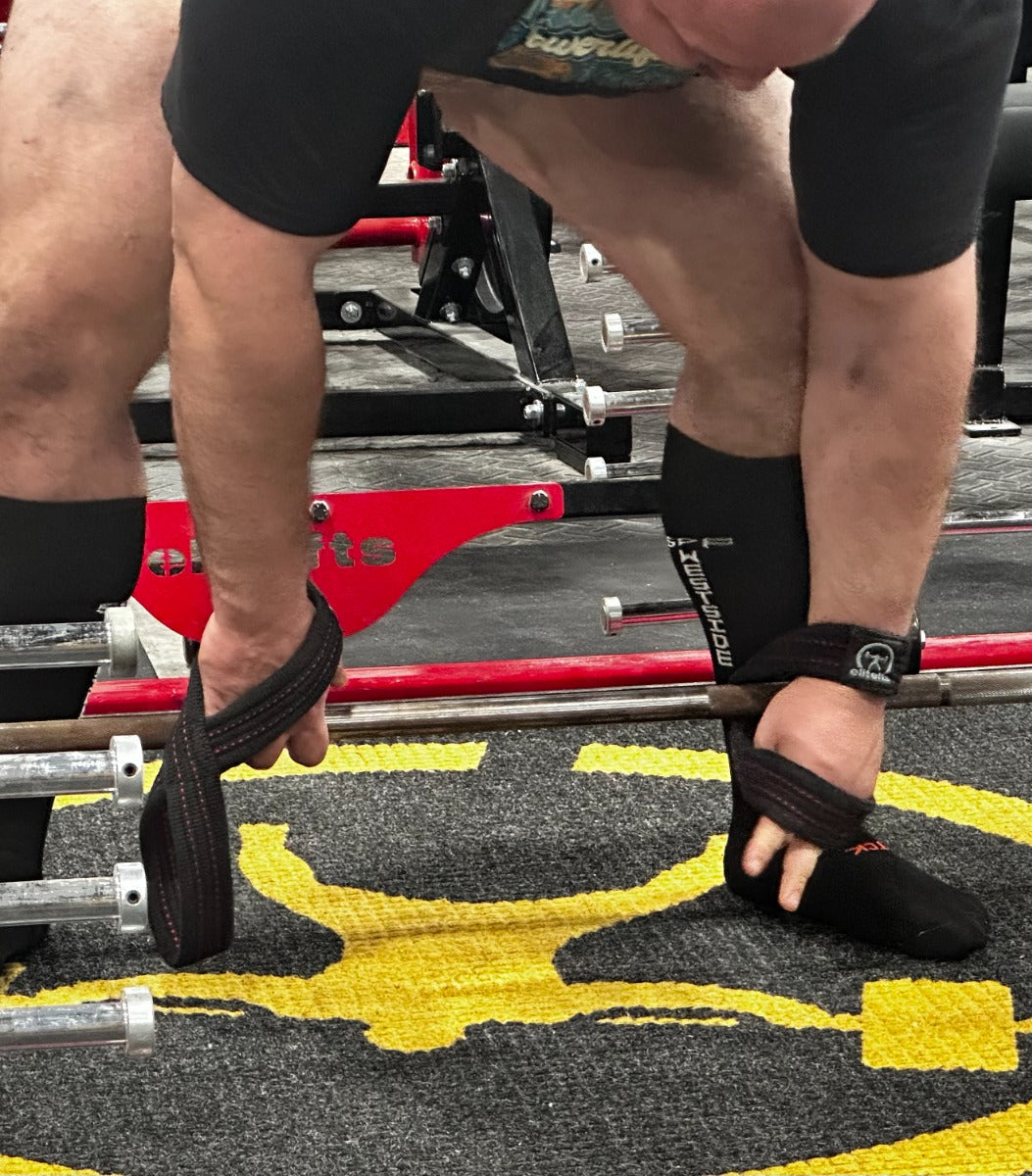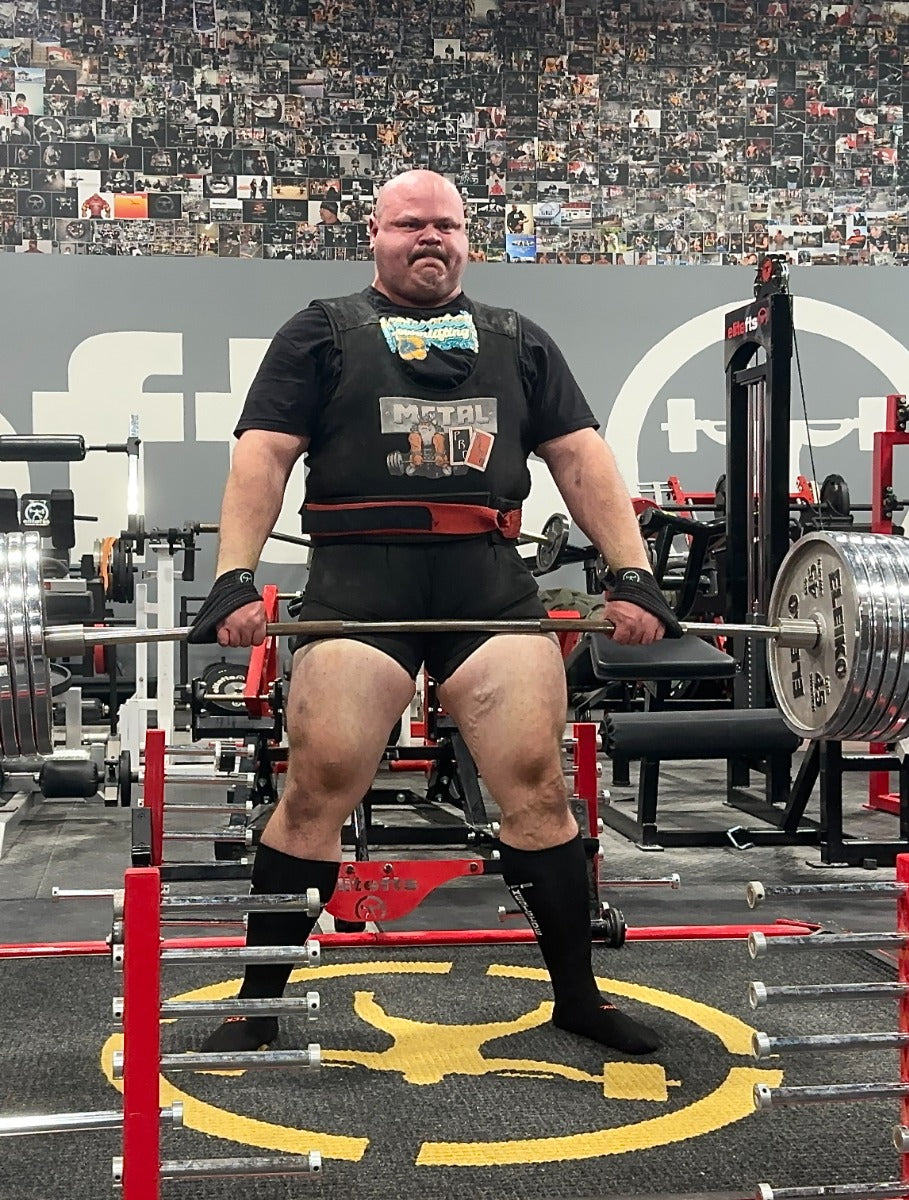The other day, I was asked, "If you could only use one training style to train all your clients, what would it be?"
This was a good question, but the answer came to me extremely quickly.
And that answer was Strength Circuits.
So Why Strength Circuits?
Since my mentor, Christian Thibaudeau, introduced me to Strength Circuits, they have stayed at the top of my "Favourite Methods" list, alongside Specialization Training.
Few training methods are as effective or versatile as strength circuits. They can be tailored towards one specific goal, but in general, you will see increases in all physical capacities—strength, hypertrophy, conditioning, and power (if you choose the right exercises).
Let's look at what makes them so effective.
High Frequency
High-frequency strength circuits will have you perform the same set of compound lifts anywhere from three to five times per week (any lower frequency than this, and it will not really give you the benefits). A format that allows you to perform your desired lifts so frequently is going to allow you to improve your skill, intra- and inter-muscular coordination, and confidence in those lifts very quickly. All of which can lead to quick increases in strength.
At the end of the day, when it comes to motor learning and efficiency, frequency will always be king. A high frequency of training also means you can stimulate protein synthesis more frequently, which aids in getting jacked.
Heavier Loading
Strength circuits are based on lifting loads of 80 percent one rep-max (1RM) and above. Loads of 80 percent 1RM and above will give us the neurological adaptations that lead to improved strength and performance. The higher the loading, relative to 1RM, the more neurological stimulus we can impose.
Strength circuits allow us to lift in the 90 percent 1RM plus range several days per week without burning out, meaning we can impose a strong neurological stimulus and gain a lot of strength very quickly.
Efficiency
By only lifting loads that are 80 percent 1RM or above, except for warm-ups, all our work sets involve only maximally effective reps. Not only does this mean we get a very efficient hypertrophy stimulus from the workload we do, but we also eliminate any "junk" volume. This allows us to accumulate more effective work without negatively affecting our recovery, as there are little to no wasted reps. Every rep in our workout is productive from both a hypertrophy and strength and performance perspective.
Improved Performance Through Several Pathways
Improving neurological factors can give us very rapid strength gains. However, we cannot continue to improve these factors perpetually as the nervous system can only become so efficient. For long-term improvements in performance, we also need to increase our STRENGTH POTENTIAL, which is primarily a function of muscle mass.
Strength circuits stimulate both the main pathways needed to improve strength and performance by providing a strong stimulus for hypertrophy and neurological adaptations. Increases in muscle mass increase our strength potential, and neurological adaptations enable us to fulfill that potential.
Density of Work
When we structure strength circuits, we want as little overlap between consecutive exercises as possible (i.e., going from squat to military press rather than squat to
deadlift). This allows us to rest less between sets without negatively affecting performance, as the fatigue from the previous set/exercise has a limited effect on the next.
It allows us to get more work done in less time (increased workout density), which is obviously going to be helpful for those with time constraints. More importantly, it will positively affect our conditioning.
A high work-to-rest ratio will keep your HR in "sympathetic mode" throughout the entire workout, leading to higher energy expenditure and improvements in anaerobic power and capacity. It is common for a lifter's average heart rate to be around 130-140bpm for the whole 45–60-minute workout, leading to small improvements in aerobic capacity.
It is not going to turn you into a world-class athlete. Still, it is probably enough of a conditioning stimulus that most lifters will not need additional cardio to keep their conditioning at a reasonable level.
We can add the obvious benefits of nutrient partitioning and fat loss to this.
Novelty
For most, this will be a radically new way of training. And as grueling as they can be, they are also fun. Lifting heavy loads on several movements at a fast pace releases a lot of adrenaline, which can make you feel driven, motivated, and less sad.
Yes, too much adrenaline causes issues in terms of neurological recovery. But this is why we must carefully dose the volume of each session. If it is over an hour long, you are either doing too much (in terms of volume or load), or you are just not trying hard enough.
A completely new lifting style can give a lifter a lot of motivation, and with increased motivation comes increased effort. You mix that with the fact that strength circuits generally lead to noticeable gains early in the process, and you can see how this could lead to a lifter being very motivated and enthused towards their training. Especially if progress has stalled recently or things have become "stale."
The Downsides
As always, no training concept or program is perfect. If such a thing existed, we would all be doing it already!
Strength Circuits, while incredibly effective, do suffer from some drawbacks.
Logistically Hard to Set Up for Many
The entire premise of strength circuits requires that you have multiple stations set up at once, ideally with barbell-based compound movements. This may be impossible for those of you who train in commercial gyms at busy times or have a small home gym.
Now, we can make life easier by subbing in some dumbbell-based movements. While it is not optimal, as the load will be reduced, it can still work. This tends to be a better option if your strength circuit uses the higher end of the strength rep range (four to six) rather than the lower end (one to three), as
dumbbells do not really lend themselves to very low rep work. A strongman-style, 1-arm dumbbell clean and press is an example of a dumbbell exercise that could feature well here, as is a dumbbell snatch.
Another option is to use one bar for multiple movements. If you have a
power rack or cage, a bar set at the right height for front or back squat can also be used for overhead work. I would load the bar with the correct load for the overhead work, add collars, and then add the required extra load for the squat. This saves time loading and unloading the bar between exercises.
A bar set up on a pair of blocks could be used for block pulls, as well as power shrugs/high pulls, or even floor press, depending on the height of the blocks.
If your rack/cage also has
pull-up handles at a high level and/or a place to set
dipping handles, this adds even more options while you still only take up one rack/cage.
You get the idea.
High Volume on Compound Lifts
While this is the driver of many of the benefits of strength circuits, it will also be its biggest downside for some. Many will struggle to handle a whole-body compound-based workout three to five days per week due to joint stress and other factors.
First, if you have never done any form of high-frequency training before, it is important to ease yourself in and give your body time to adapt. Most people can handle a lot more than they give themselves credit for, provided they allow for an adequate adaptation period.
But the biggest factor here is going to be exercise selection. For an exercise to be done at high intensities and high frequency, it must satisfy a few criteria:
- It must be a lift on which your technique is well-drilled (having bad technique and adding high frequency does not end well).
- It must be a lift that does not cause excessive stress – if a lift intimidates you, it will cause more cortisol/adrenaline release, which could cause you to "burn out."
- It must be a lift that does not beat you up. Not everyone's bodies are well-suited to every lift. If a lift causes you joint stress or takes you 30 minutes to warm up, then it is going to be a bad choice.
If a lift does not satisfy all these criteria, I would be very hesitant to include it in this format.
Lack of Variation
Once again, one of its strong points becomes a potential weak point. The high-frequency performance of the same lifts enables us to maximize neurological adaptations and gain strength very quickly. But conversely, over a longer time, it could lead to over-use style niggles and injuries and the workouts becoming stale.
As with any training method, the stronger the stimulus, the faster the adaptation. Since strength circuits rank highly as training stimuli, we will also adapt to them quickly.
This is why they are most effective when running for four to eight weeks at a time. At this point, this could represent an opportunity for you to swap the exercise set and introduce new exercises. This would allow you to keep training in this manner and avoid the monotony and potential other downsides of doing the same lifts for too long.
Another option would be to take a longer-term approach and have two or three different circuit workouts that involve different movements. Yes, this will sacrifice some of the neurological gains that come from the high frequency, and the progression scheme you use here would have to be slower, as you would be performing each specific movement less frequently. But if you enjoy training this way, it could allow you to avoid over-use issues.
I am doing this myself right now. First, I have an A, B, and C strength circuit workout, which I perform once per week. I am doing this because it will allow me to train in this manner in the long term and gain most of the benefits. Then, I use a slow progression model, where the weight only increases every six weeks.
Neurologically Demanding
If a training system involves many neurological adaptations, then it must tax the nervous system to a reasonable degree. While the lack of exercise variety, efficient set/rep scheme, and low volume per lift will help reduce this, it is nonetheless going to be more neurologically draining than the way many of you are currently training, at least at first.
If you live a stressful life or have a low stress tolerance (are naturally anxious), this may not be the best option for you. If you are hell-bent on running strength circuits, you may need to find a way to reduce the neurological fatigue, such as making the work sets more sub-maximal or including fewer exercises (which will reduce volume but also nervous system demands as you are juggling fewer motor tasks).
While this training system will not cause substantial amounts of muscle damage, you will need to take care of your nervous system if you want to reap its benefits.
Try Them for Yourselves
We chose strength circuits for the question we discussed earlier, and for good reason.
They are a time-efficient way of getting stronger, more muscular, and better conditioned. If you choose the right exercises (Olympic lift variations or explosive lifts like push press), they can even increase power/speed. If someone eats at around maintenance or in a small deficit, they can also be highly effective for fat loss with a few small modifications.
There are not many training styles that can tick all these boxes while also being fun to perform (fun in the masochistic sense of the word, of course). So, I think they are worth every serious lifter experimenting with at least once.
In my next article, I will provide guidelines on how to set up your own strength circuits program so that you can succeed with this fun and effective training method.
Tom Sheppard is a strength and powerlifting coach based at the elitefts compound. As a coach, he has worked with professional athletes from a wide variety of sports worldwide, including rugby, baseball, MMA, and high-level powerlifters. Tom is the co-owner of Phoenix Performance and the Head Coach at Thibarmy. He also contributes content for companies such as elitefts and T-Nation. Tom presented at the 2022 and 2023 SWIS Symposium alongside some of the biggest names in the fitness industry.


